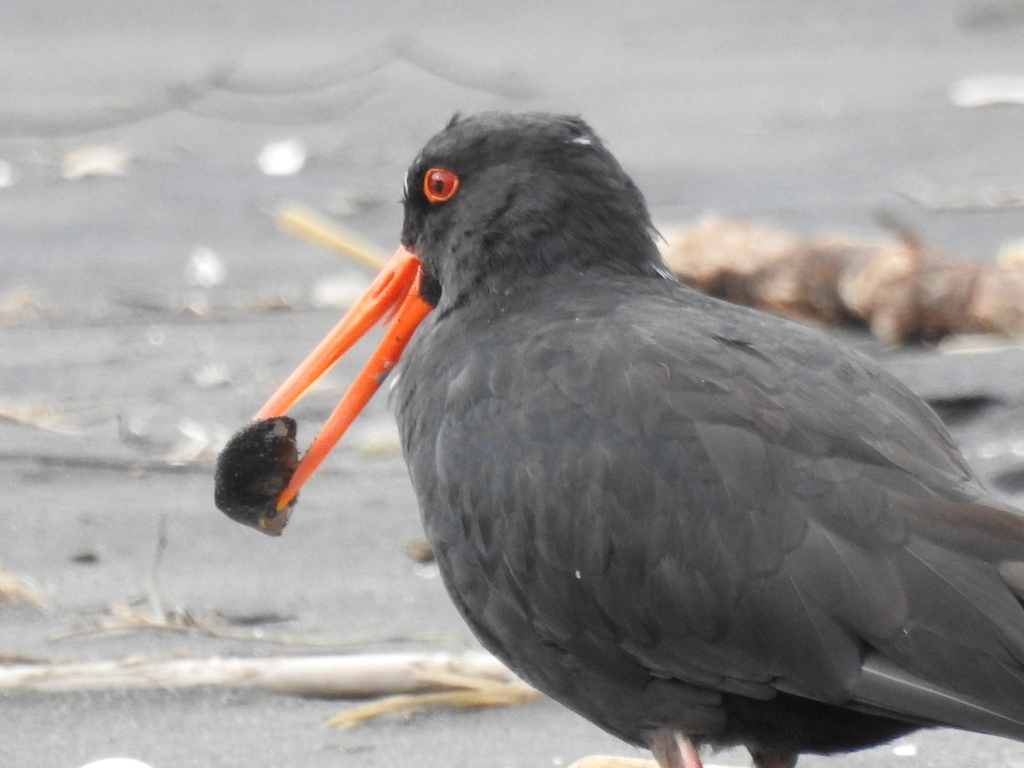How old can an old bird get? It depends on the species of course and the risks of predation and starvation and all the other hazards of a life lived wild. But assuming a bird lives to its ‘full term’ potential, what is ‘old’ in bird lifespans? Parrots are often long-lived. Kakapo are believed to … Continue reading Oystercatcher on Mokau Estuary reaches venerable old age
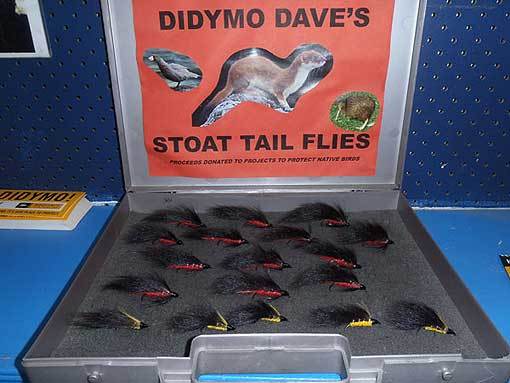
Got a freshly dead stoat in your trap? Want to feed your family a tasty meal. No – we’re not offering up stoat recipes here. But the black tip of a stoat’s tail makes a great fishing lure for catching trout and if you’re keen to give a stoat tail fly a go, Taupo’s ‘Didymo … Continue reading ‘Didymo Dave’ makes trout lures from stoat tails
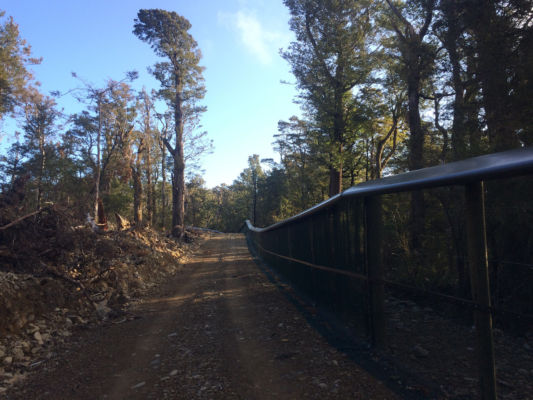
Sanctuary fences keep predators out – but they’ve also become a popular ‘highway’ for ship rats travelling around the sanctuary exterior. Rats have discovered that the rolled steel hood (designed to stop mammals climbing over the fence), also makes a great way to get around, safely out of reach of their own predators like stoats … Continue reading What’s happening up in the hood?
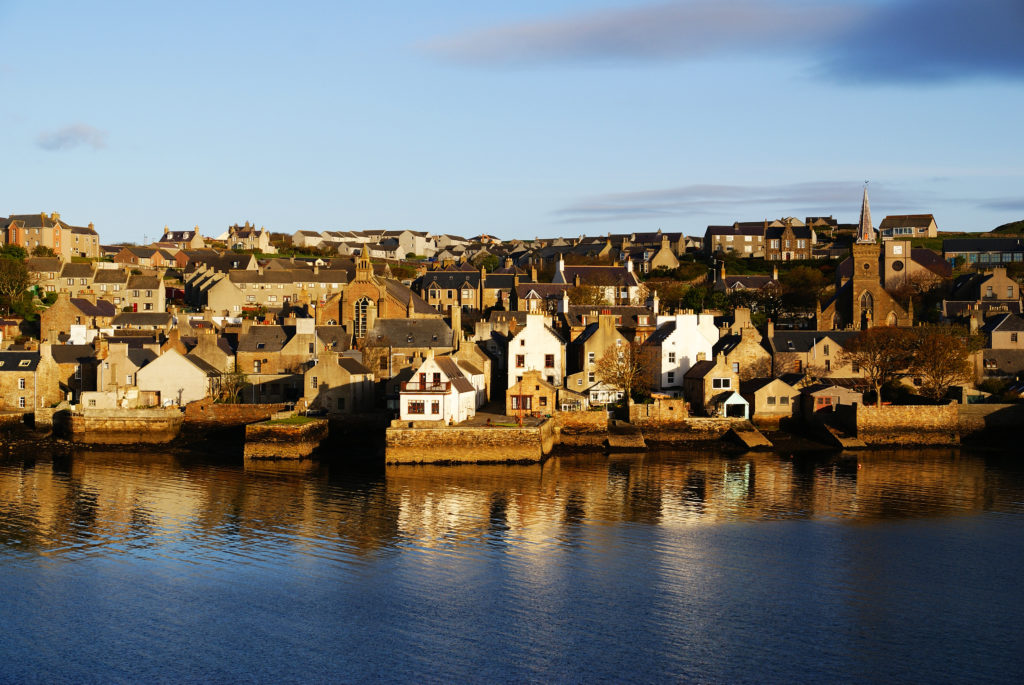
Traps developed in New Zealand aren’t just saving our wildlife, they’re helping endangered wildlife all around the world. We lead the way in producing humane, effective traps – and the rest of the world is taking notice, with new export markets opening up for our trap manufacturers. CMI Ltd, which manufactures DOC Series traps (DOC … Continue reading Kiwi company exports NZ trapping expertise

Cautious rats – bait shy and trap shy – are a problem worldwide and researchers at the University of Liverpool, UK have been looking at other ways to attract rats into bait or trap boxes. So far the research has only been carried out on lab rats and still needs to be tested in the … Continue reading Liverpool researchers study rat audio lures
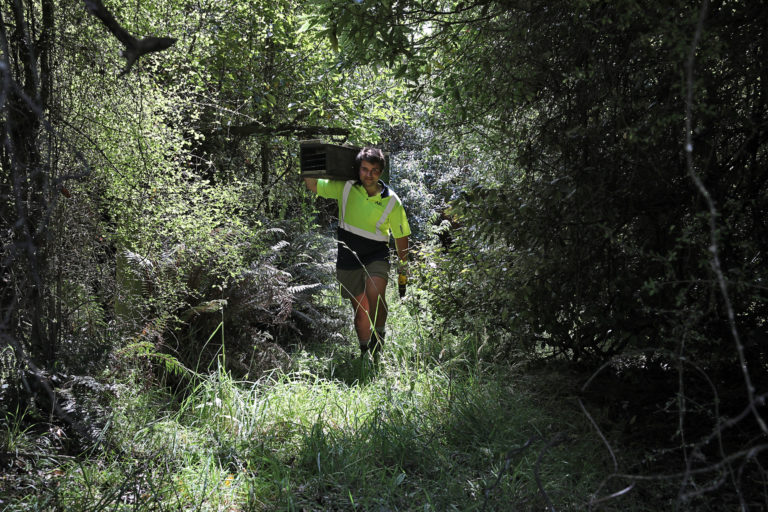
On the Southland Plains near Winton, Motu Ngahere (‘Island of Bush’) is one of the very few original native bush remnants left in the area – literally an ‘island’ in the rural landscape. The name was chosen after seeking consultation with local iwi. “It’s the last lowland rata/broadleaf podocarp forest left in Central Southland, other … Continue reading Winton company takes on Motu Ngahere restoration project
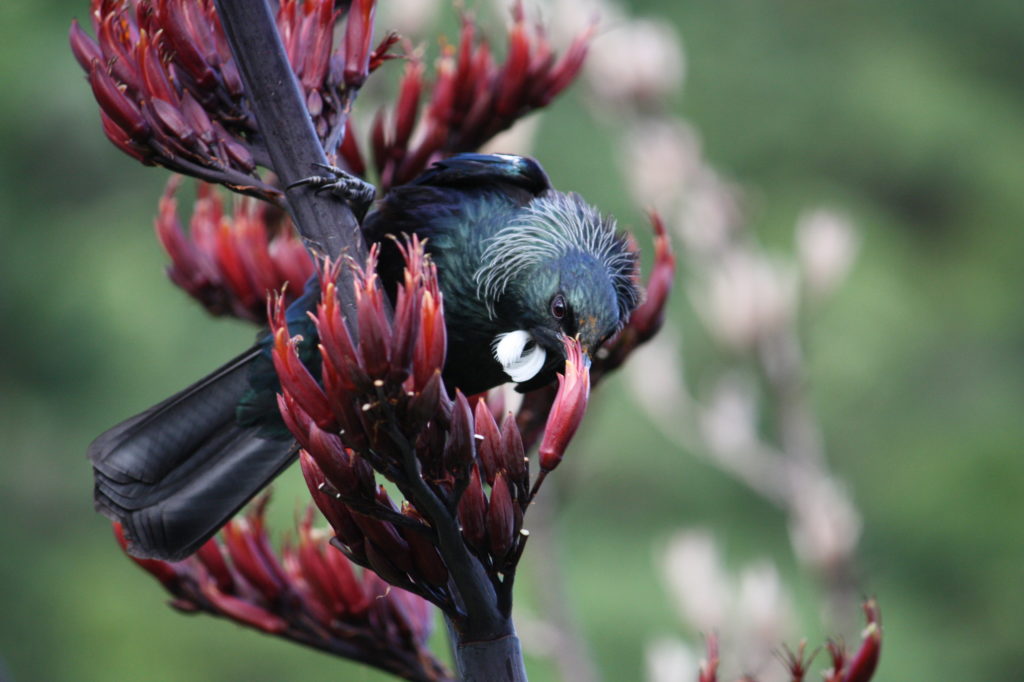
Birds are hard to see and sometimes shy of humans, so call counts are the way that population sizes are usually estimated. Automatic acoustic recorders have made recording bird calls easier – but recorders generate a lot of data – a LOT of data! It can end up being just too time-consuming to analyse that … Continue reading AviaNZ open-source software helps analyse bird calls
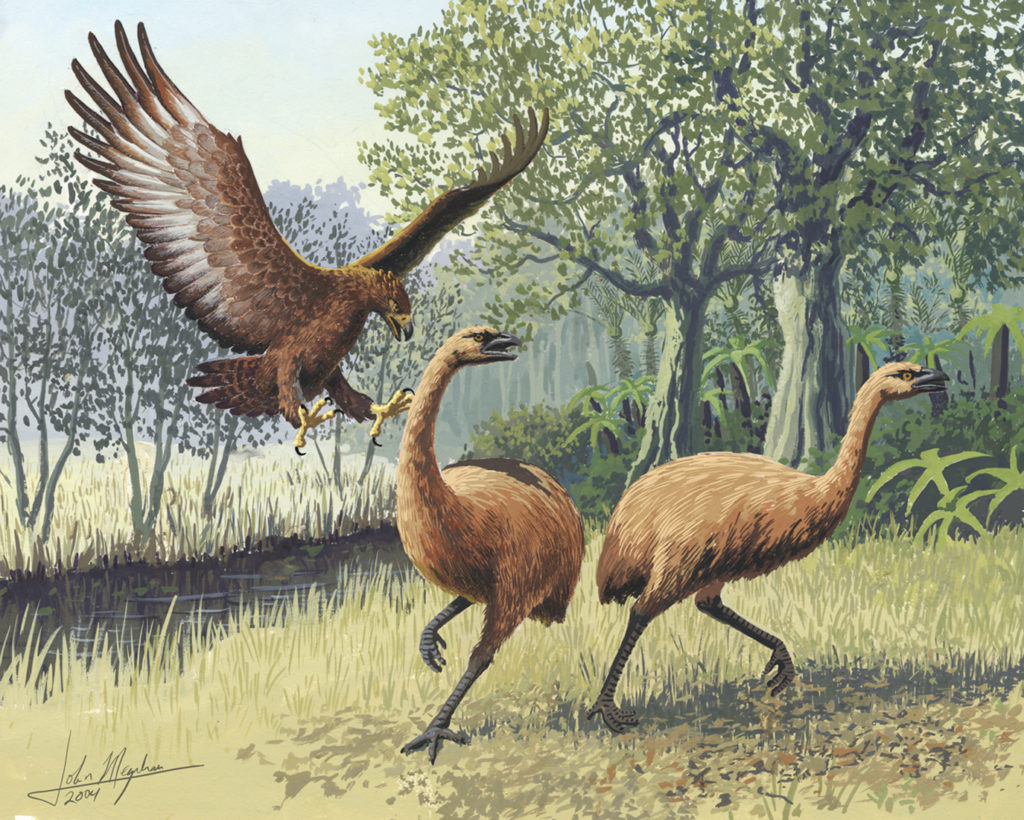
The conservation decisions we make today will have an impact for millions of years! That’s the conclusion of authors Luis Valente, Rampal Etienne and Juan Garcia, who use New Zealand’s unique bird species as an example of the macroevolutionary impact of humans, in an article recently published in Current Biology. So why did this team … Continue reading Human impact on NZ birds measured in millions of years
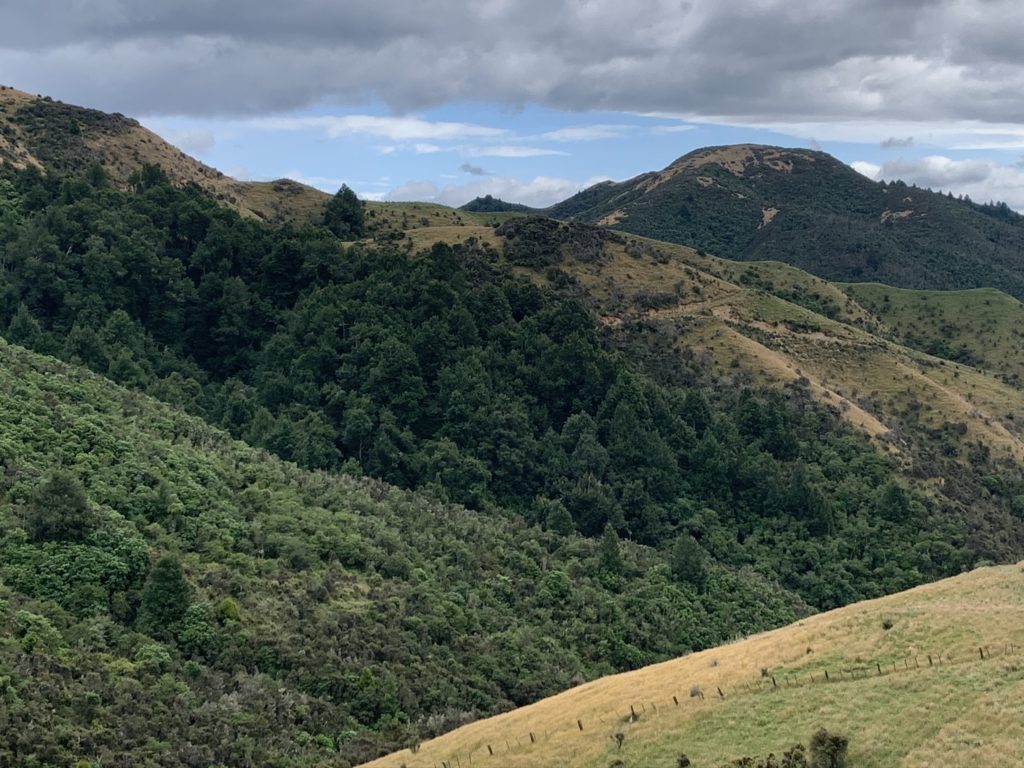
Jane and Roger Hutchings haven’t had a dog on Lodore Farm, their 450-hectare Northland property, in over 20 years – but they do have a lot of North Island brown kiwi. “We estimate we have at least 50 pairs of North Island Brown kiwi,” Jane says. “We do the kiwi call census every year in … Continue reading No working dogs but lots of kiwi on Okaihau dairy farm
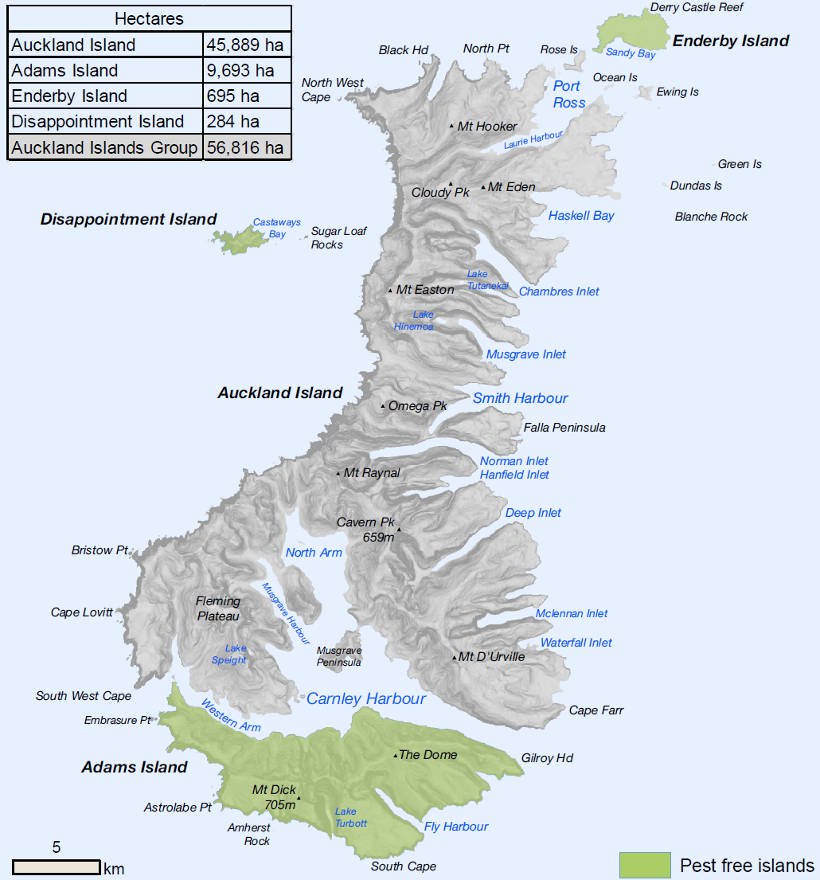
Did you know there were once horses on the Auckland Islands? Possums were deliberately introduced too but didn’t last long. Hardly surprising. It’s a harsh environment and not remotely like their warm Australian homeland. Scientists investigating mammal predators in the Auckland Islands group have switched to studying history recently, looking at the very early records … Continue reading Auckland Islands introductions included horses, possums, chickens
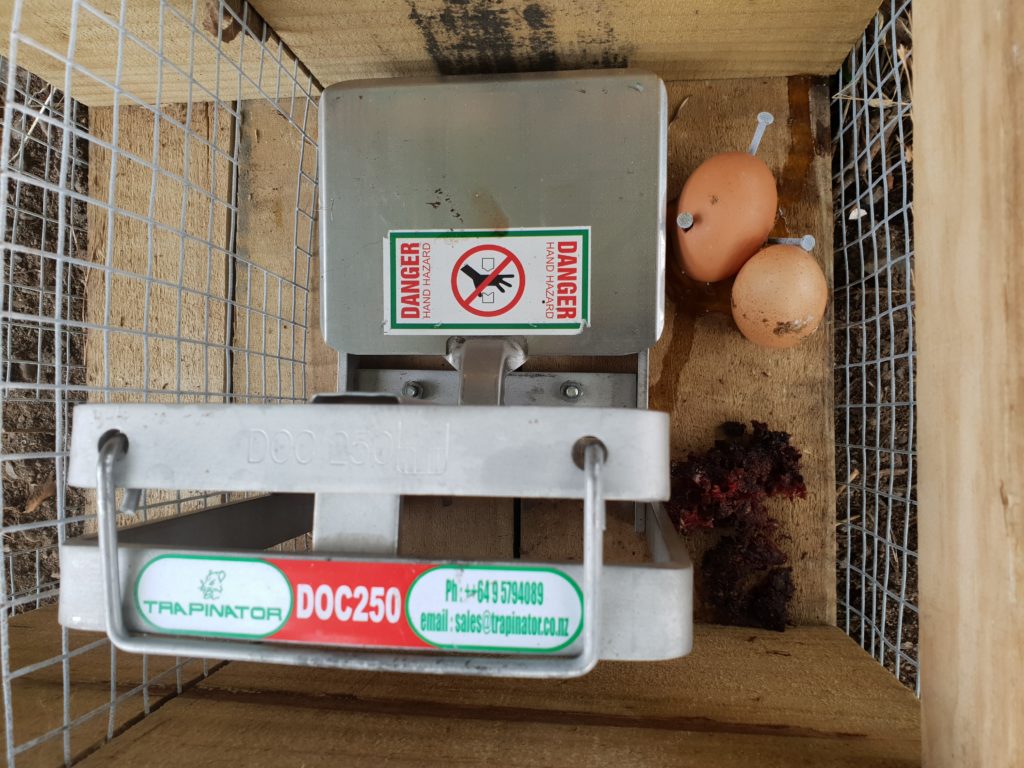
This is the fourth blog from our guest writer John Bissell. Read his introductory blog, or blogs on trap selection and trap placement. Lures are one of the first things people think about when trapping and there is no doubt that good lures can make a real difference, but trap selection and trap placement are … Continue reading Trap appeal and lures
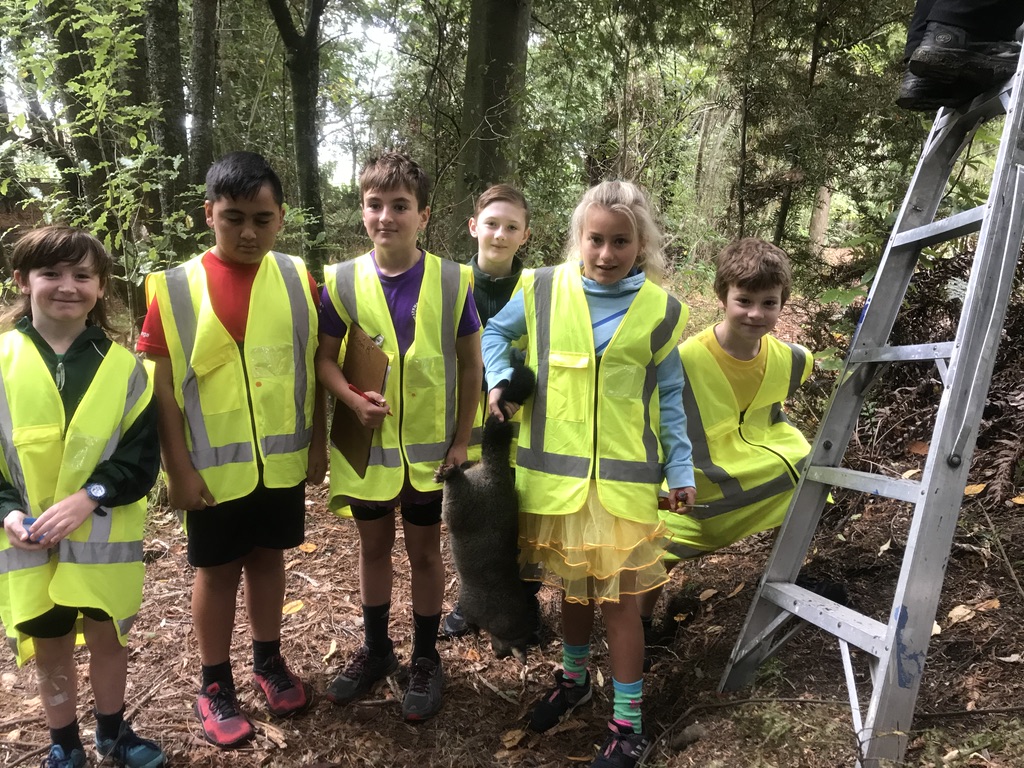
Community conservation hubs are the subject of much, if very recent, discussion in New Zealand. As a result the Predator Free NZ Trust recently commissioned a report from The Catalyst Group’s Dr Marie Doole (nee Brown) looking into hubs, their challenges, benefits and what support they need to ensure success. In recent years community conservation … Continue reading Better together? A review of community conservation hubs in New Zealand
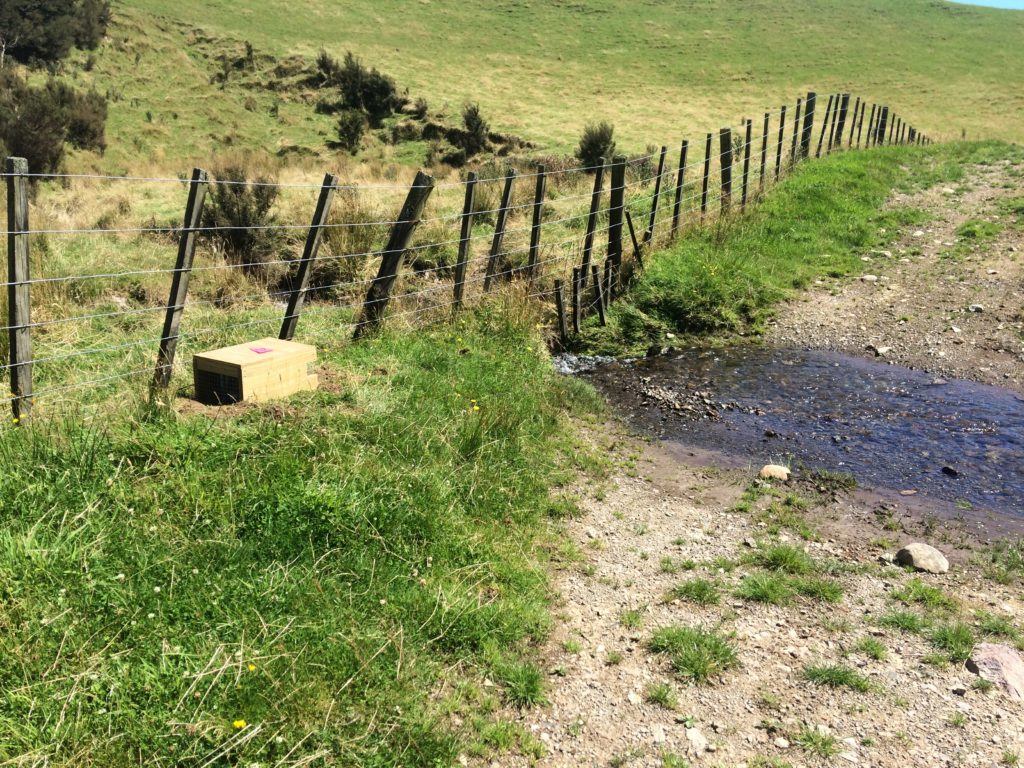
This is the third blog from our guest writer John Bissell. Read his introductory blog and his second one on trap selection. This blog covers trap placement and for species with bigger home ranges it can really make a difference. Place the trap where predators have the greatest possible chance of encountering it. There is … Continue reading Predator Hunter — Trap Placement
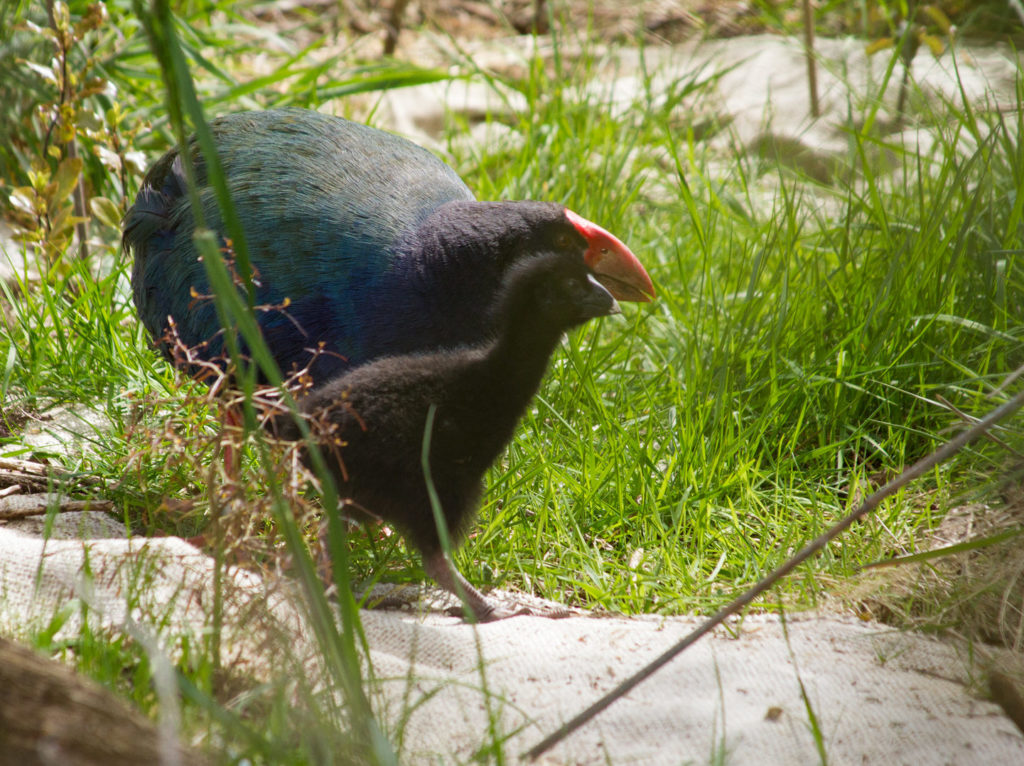
April is ‘Takahē Awareness Month’ and really it seems like the big blue/green bird could do with some extra publicity. A check of the ‘Bird of the Year’ winners for the 14 years since it was established in 2005 reveals that the takahē has never once made the top slot. Even its common cousin the … Continue reading Overlooked takahē – April is your month
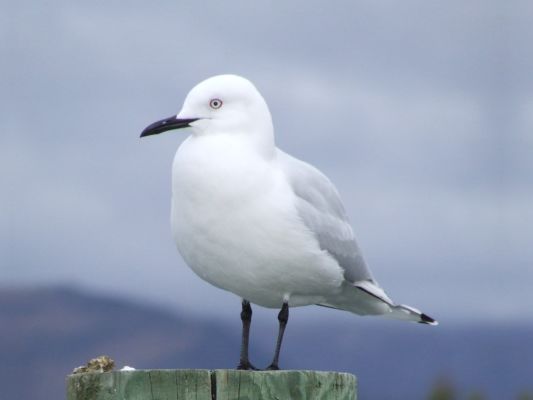
The Ashburton/Hakatere River mouth in Mid Canterbury is a nesting site for large colonies of black-billed gulls and white-fronted terns and proved an ideal study site for testing the bird census capabilities of an Unmanned Aerial Vehicle (UAV) compared to more traditional bird count methods. When the results came in, the researchers made a bonus … Continue reading Drone technology offers low impact method for seabird census
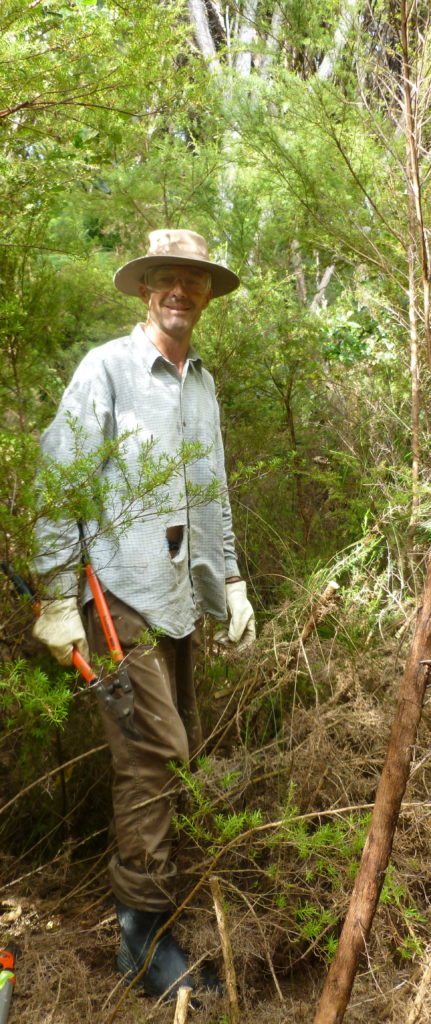
Eion Harwood, coordinator for Russell Landcare Trust’s ‘Kiwi Protection’ project, has been spending a lot of time observing rat behaviour on the 15 trail cameras that the group has set up across 450 hectares of the Russell Peninsula where they carry out intensive rat control. The group also carries out stoat and possum control over … Continue reading Tree-mounted rat trap boxes prove successful for Russell Peninsula group
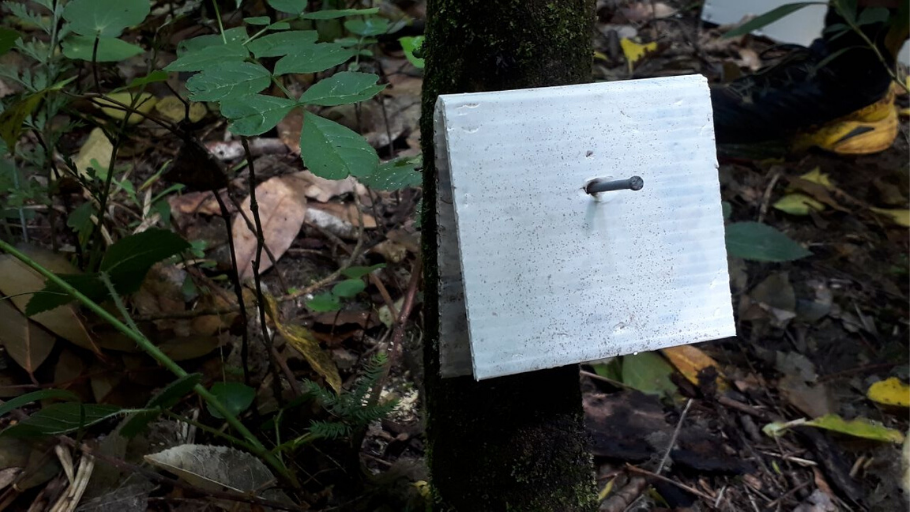
How do you detect the presence of rats and mice if they’re surrounded by a glut of natural food? If it’s a mast year and there’s a carpet of seeds on the forest floor, they just may not be interested in your peanut butter-flavoured chew cards. If there are only a few remaining rats or … Continue reading Detecting rodents during a food glut
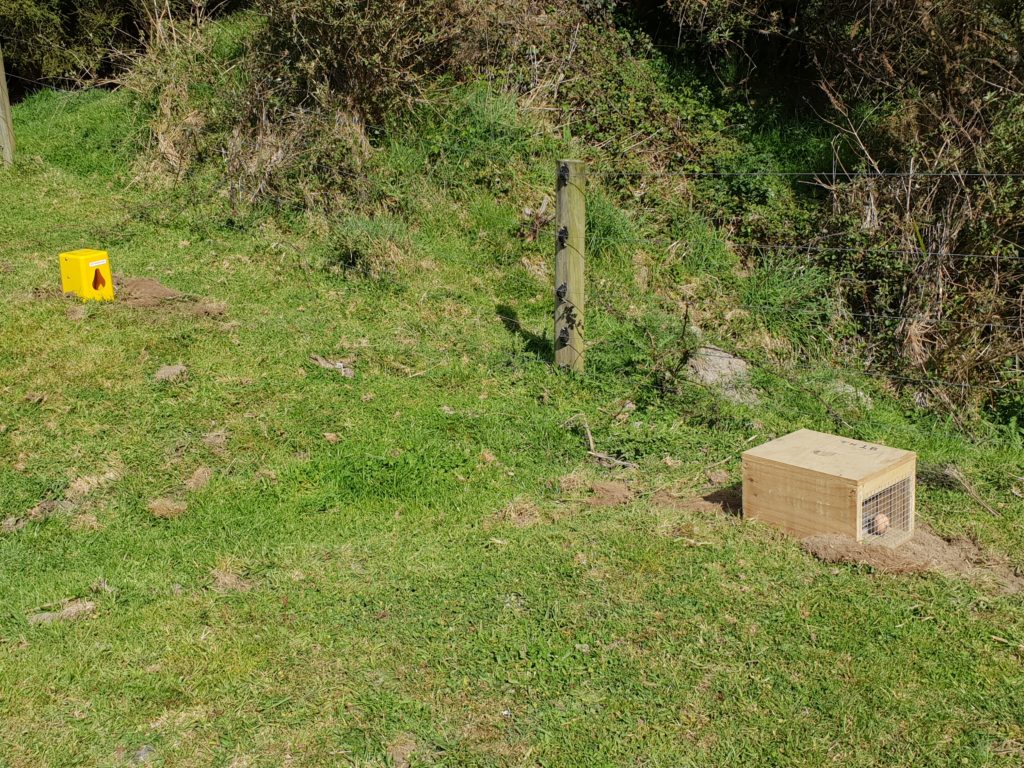
This is the second blog from our guest writer John Bissell. His previous blog is here. Hi folks, I hope this next blog finds you all safe and well. So much has changed since my first blog. Isn’t it great to know that the mountains and all our taonga have not changed and will be … Continue reading NZ Predator Hunter – trap selection
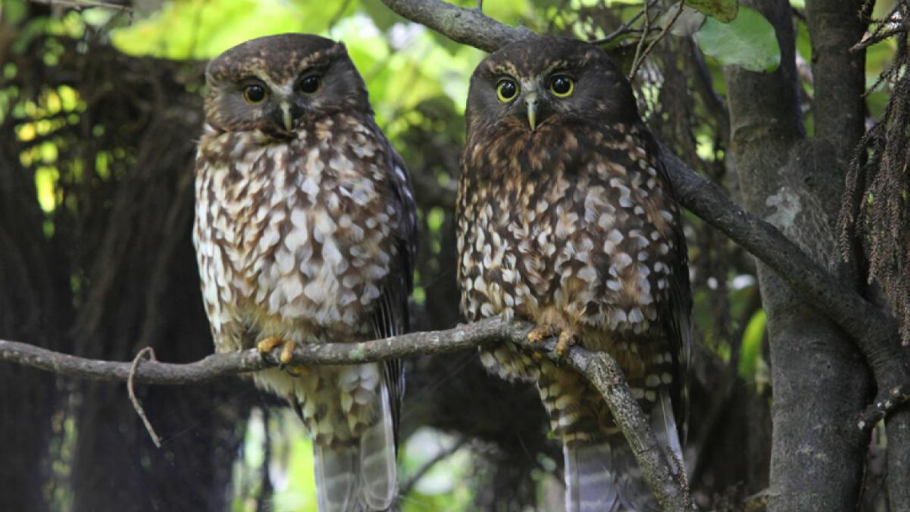
The rūrū is Aotearoa’s last remaining native owl. It’s not considered a threatened species. In fact, it’s reasonably common and widespread, especially in forested parts of the North Island and western South Island. But rūrū do tend to nest in tree cavities, which puts females at risk from introduced mammal predators. That’s a good reason … Continue reading Researchers tackle challenge of monitoring rūrū
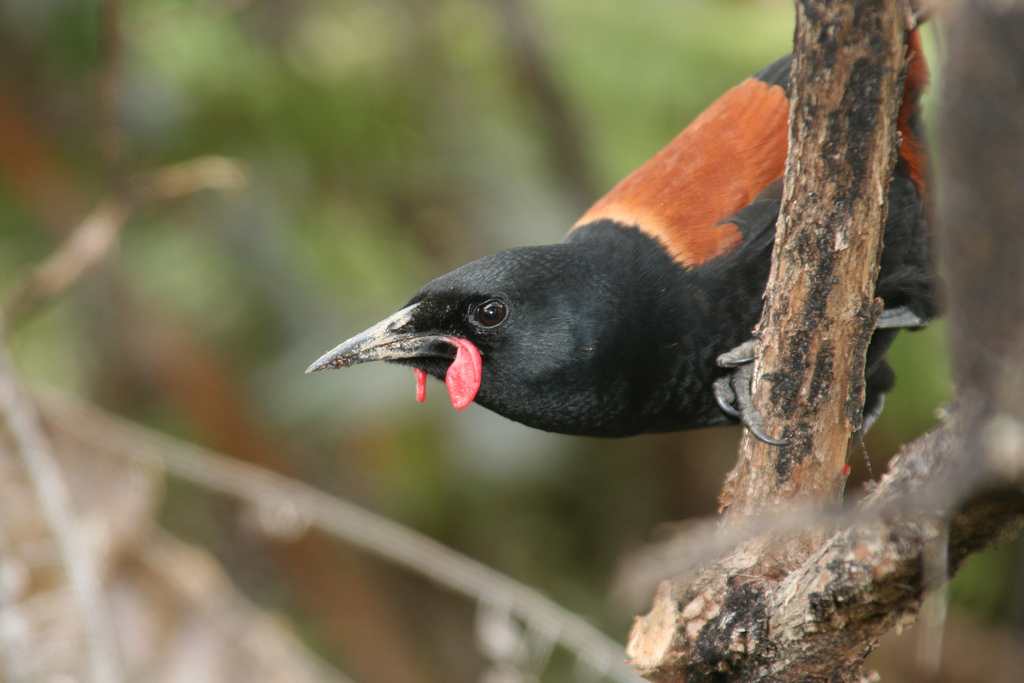
Tīeke have a legendary reputation as guardians, weather-predictors, fortune-tellers and guides, although their saddle-like markings are said to be a sign that they once displeased Māui-pōtiki and were marked when he grabbed them with a hot hand and singed their feathers. Long ago, when tīeke (saddlebacks) were common, they often followed large flocks of whiteheads … Continue reading Tīeke – legendary teller of fortunes and guardian of treasure
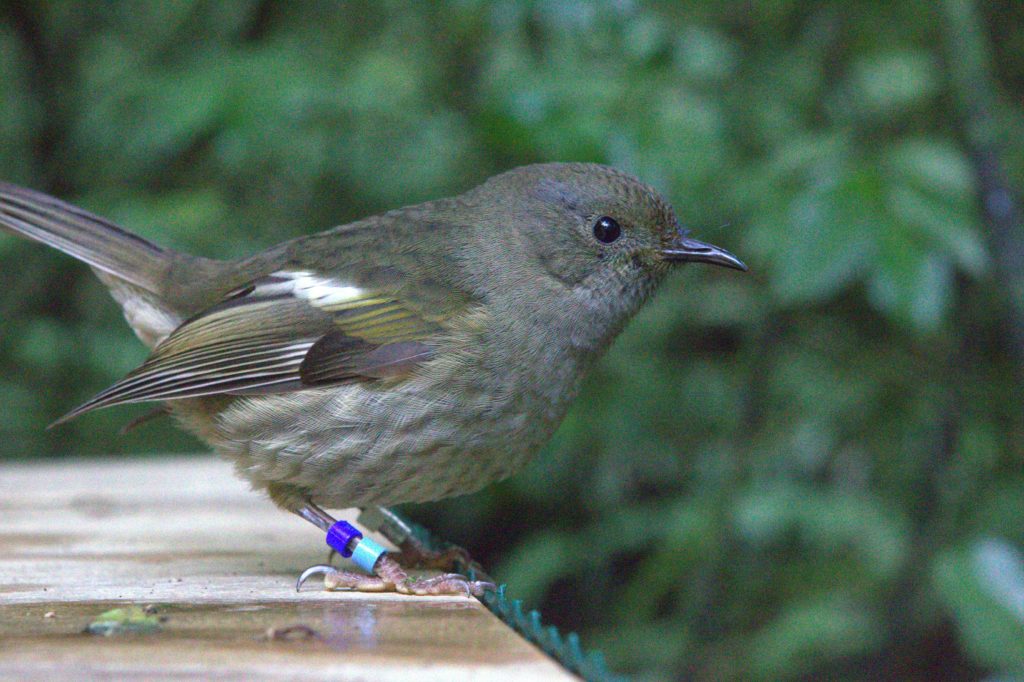
Why are some native species so much harder to save? Kelly Hare et al have called them the ‘intractable species’ and investigate why they continue to flounder even with rigorous conservation efforts in some cases. The authors look at 7 case studies to try and identify what’s going on and what else we might need … Continue reading ‘Intractable species’ prove a challenge for conservation
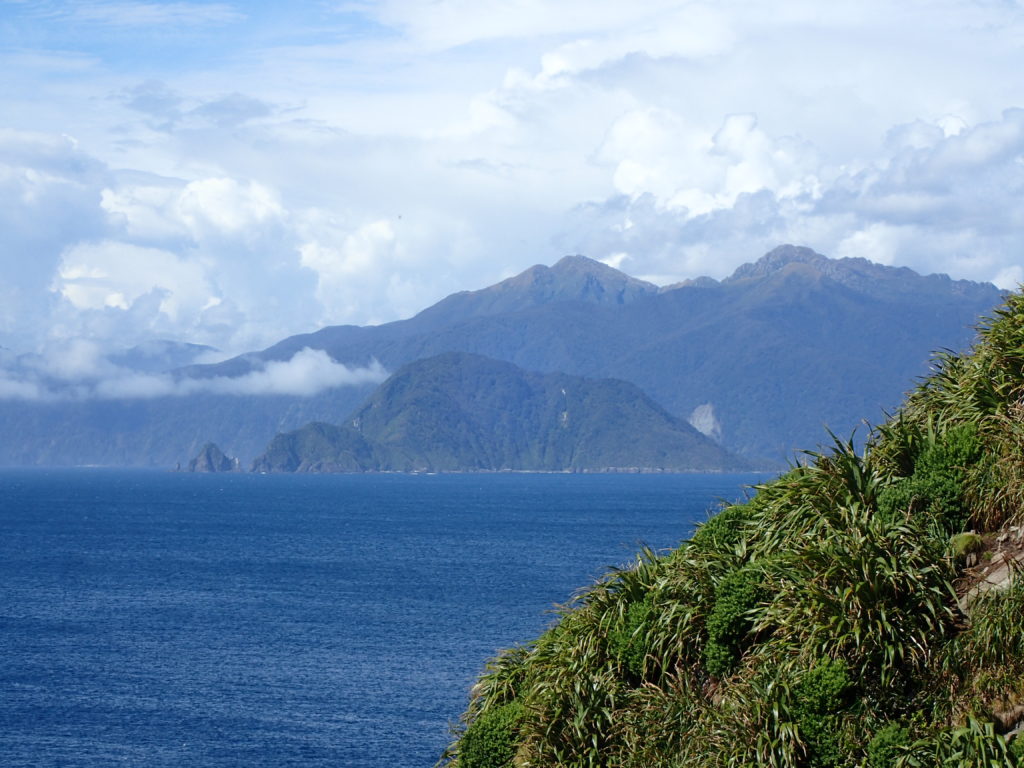
Breaksea Island is a 170 hectare, steep, windswept rugged lump of rock located about 2km off the coast of southwest Fiordland and in 1988 it was the scene of a significant step forward in the techniques of island predator eradications. We now almost take island predator eradications for granted. Back in the 70s, however, getting … Continue reading Rat eradication breakthrough — Breaksea Island 1988
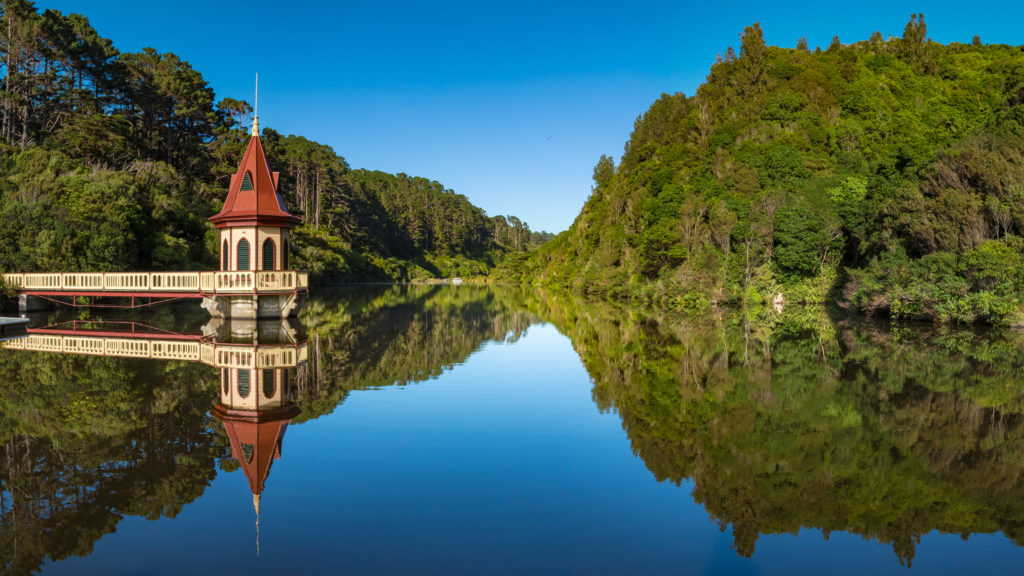
Ecosanctuaries are currently our modern-day ‘Noah’s Ark’. In New Zealand they range from small islands in the middle of lakes and unfenced mainland ecosanctuaries to isolated marine islands, fenced off peninsulas and the ‘mainland islands’ of ring-fenced sanctuaries like Maungatautari, Orokonui and Zealandia. An article recently published in the Journal of the Royal Society of … Continue reading Ecosanctuaries in the spotlight
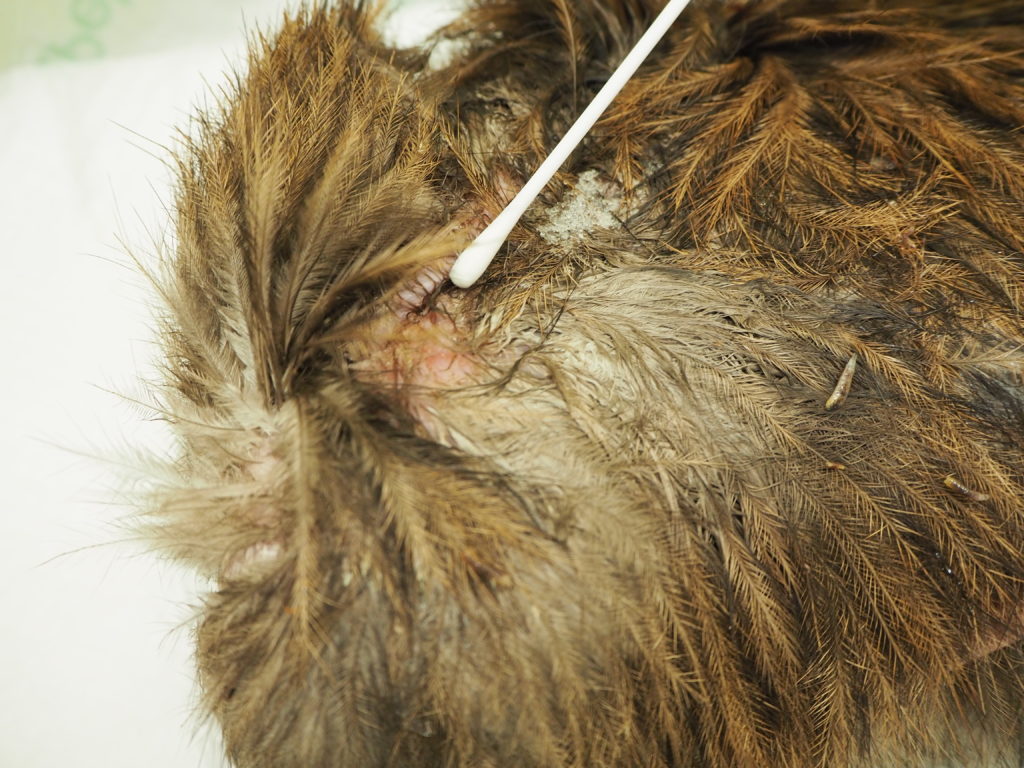
Hester is a senior molecular technician at Manaaki Whenua – Landcare Research, specialising in Ecological Genetics with a focus on Wildlife Forensics. When she’s feeling whimsical, she likes to describe her work as ‘CSI: Wildlife’. If, for example, protected species are being killed and the predator responsible needs to be identified, then Hester can help. … Continue reading EcoGene® team share wildlife forensic expertise
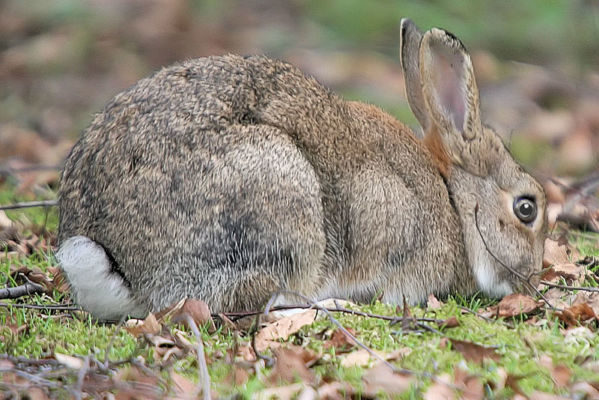
Achieving Predator Free 2050 goals will take more than just a scaling-up of eradication efforts according to researchers Duane Peltzer et al from Landcare Research (Lincoln) and the University of Canterbury. They look beyond economic and technological feasibility to identify the key impediments we need to overcome, in a paper recently published in the Journal … Continue reading Identifying impediments to PF goals
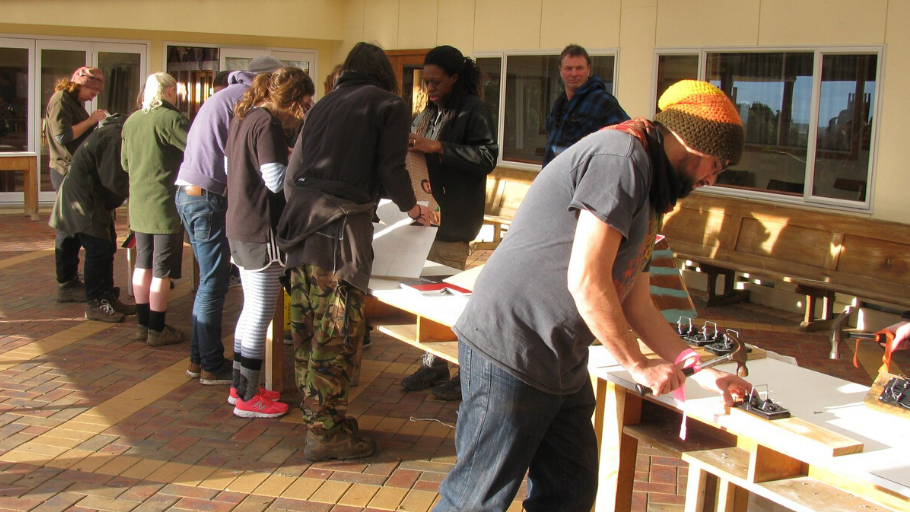
We are pleased to announce the addition of another 11 communities to our Predator Free Community programme — taking the total number of communities we support to 66. The latest round of funding was highly competitive. The majority of applications were from well organised, highly motivated communities wanting to make a difference in their backyards. … Continue reading Latest round of predator free communities announced
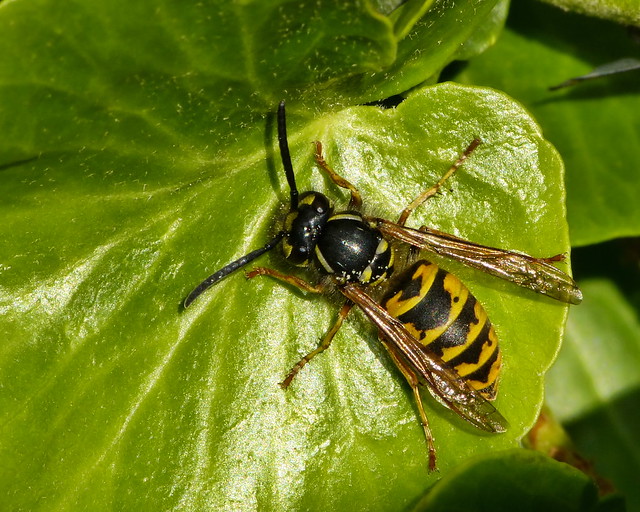
Wasps and new technologies to control and eradicate them was the focus of a recent study at Victoria University of Wellington, seeking Māori Studies students’ perspectives of the social acceptability of novel biotechnologies. “Kaupapa Māori (KM) research includes a range of methodologies that reflect, or have been repurposed to put Māori values, aspirations and decolonising … Continue reading Māori Studies students surveyed on social acceptability of wasp control biotechnologies
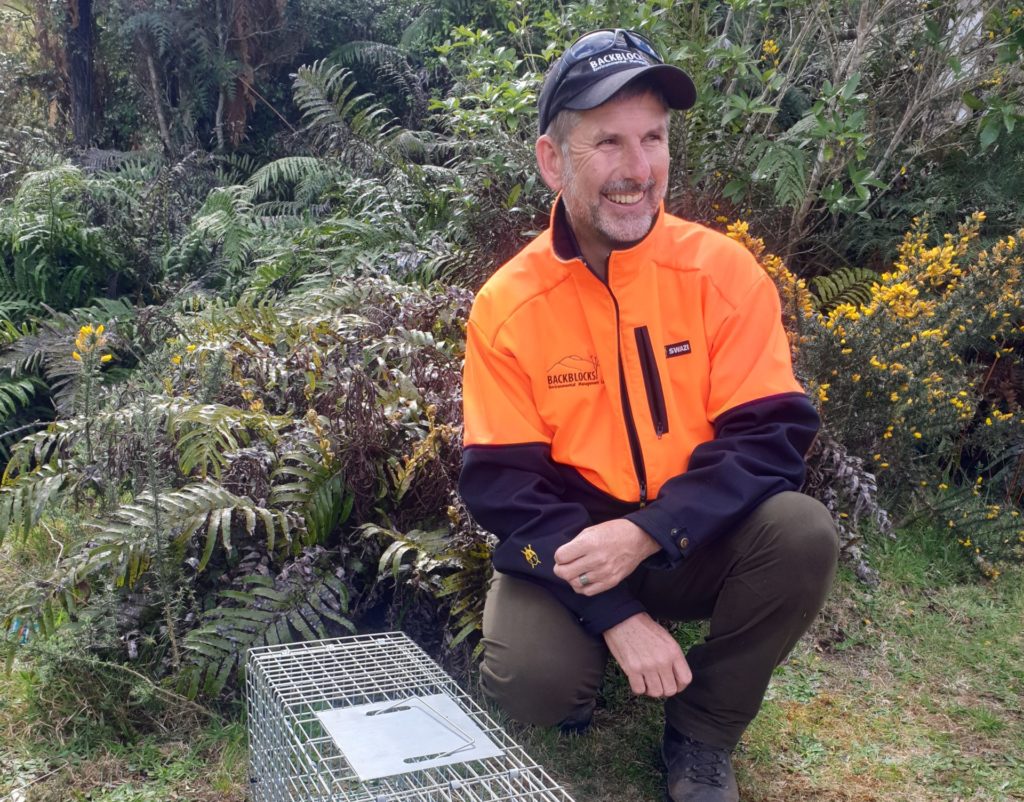
This blog has been written by guest writer, John Bissell: It was that magic part of the day when the night gradually gives way to dawn as I drained the last of my brew and sat down to lace up my boots. I had spent hundreds of dawns in that valley since I could walk … Continue reading NZ Predator Hunter – Chasing Zero
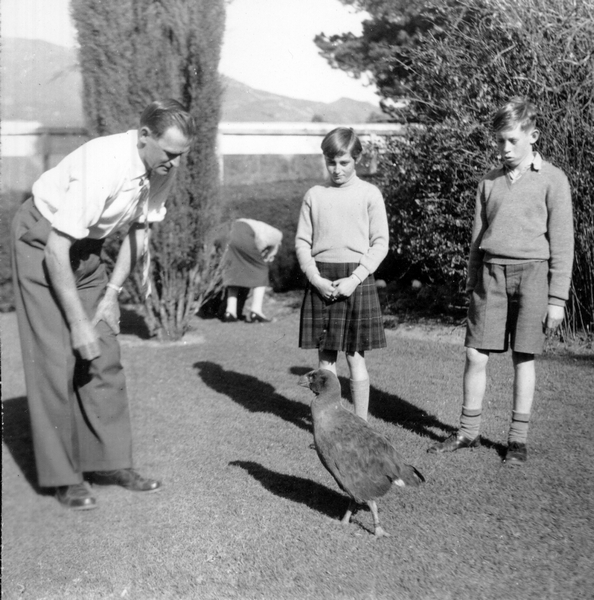
Elwyn Welch was a Wairarapa farmer who loved birds. Most people have probably never heard of him, but back in the 1950s, he and his specially trained bantam hens had a vital role to play in the conservation and breeding of the recently rediscovered takahē. Elwyn and the bantams were recruited for a top-secret mission … Continue reading Elwyn Welch – a man, his bantams and a tale of takahē
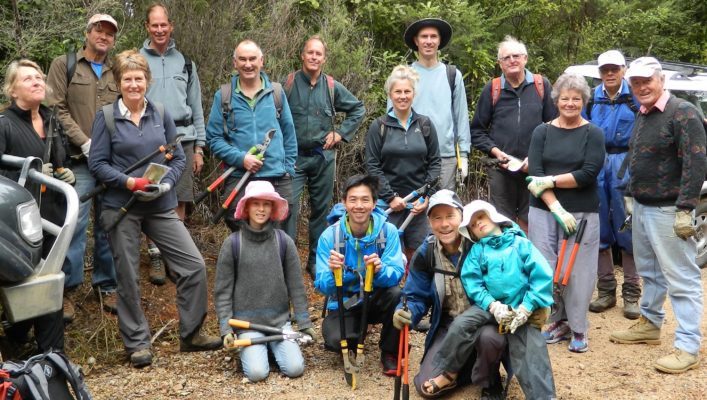
The results of the latest Public Perceptions of New Zealand’s Environment have just been released and, as with the previous survey in 2016, the research includes a section produced in collaboration with Predator Free New Zealand Trust and the BioHeritage Challenge, Ngā Koiora Tuku Iko, investigating public perceptions and opinions relating to predator control. “The … Continue reading Latest ‘Public Perceptions’ survey gives insight into predator control views
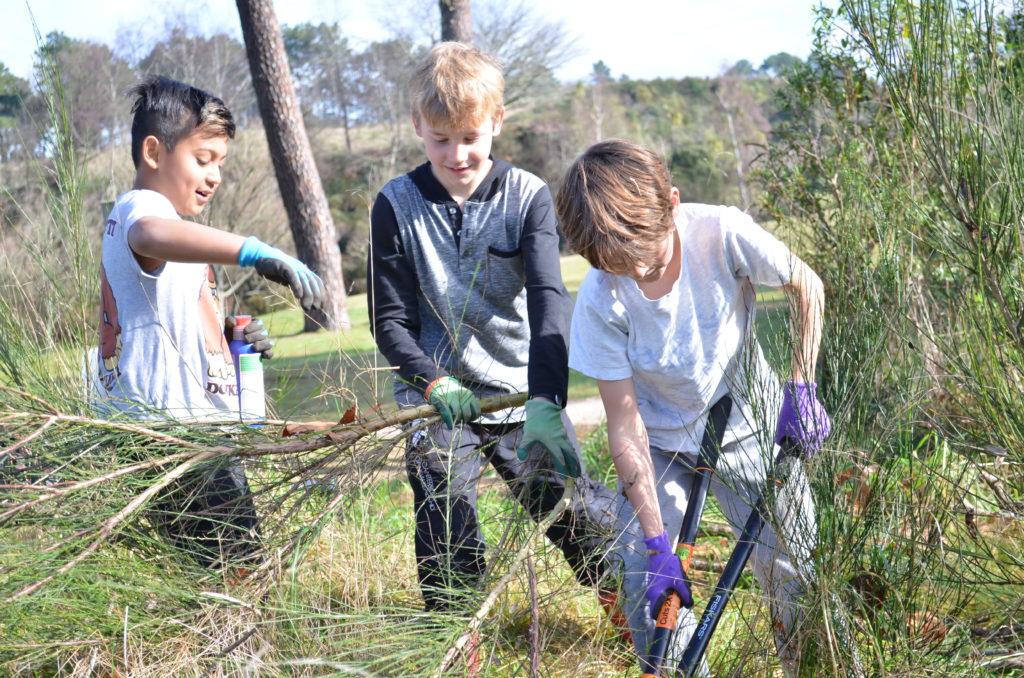
In Taupō, Kids Greening Taupō are helping students of all ages to connect with nature and take part in real life conservation projects contributing to their community. Thea DePetris and Rachel Thompson are education coordinators for Kids Greening Taupō, an environmental education programme based on a model of Collaborative Community Education where schools work with … Continue reading Kids Greening Taupō fosters leadership and community collaboration
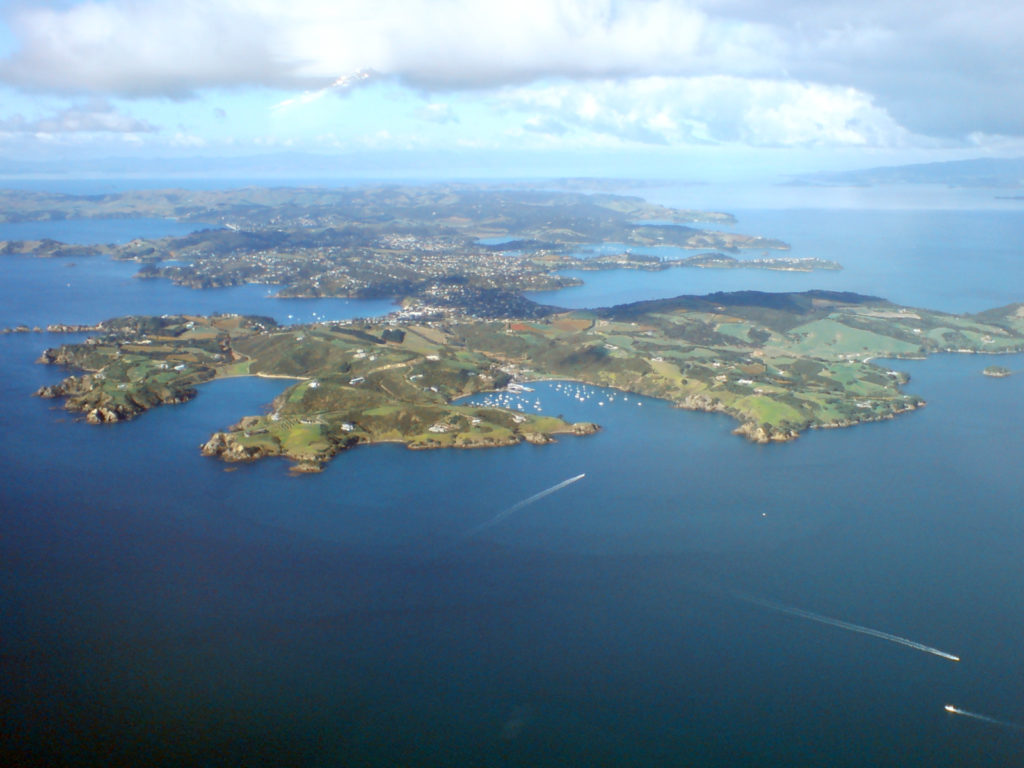
Now that an increasing number of our wildlife-rich – but uninhabited by humans – offshore islands are becoming predator free, the conservation spotlight is turning to some of New Zealand’s inhabited islands. But predator eradication becomes more complicated when people are living onsite. Its not just about what’s technically possible. It’s also about what people … Continue reading Hauraki Gulf islanders surveyed on pest control attitudes
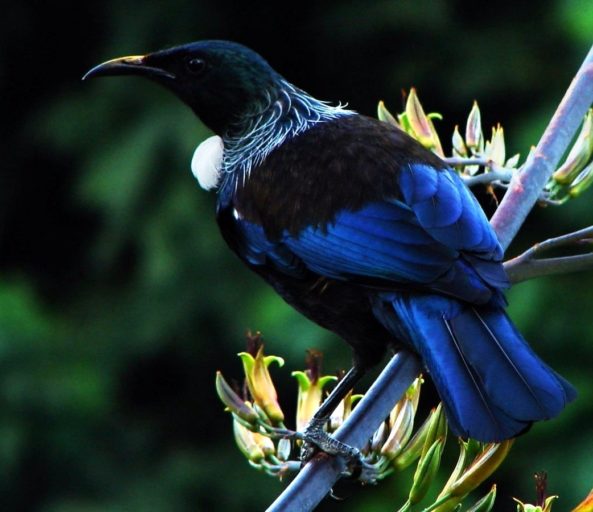
Maungatautari Ecosanctuary is overflowing with tūī. They’re spilling over the predator proof fence into the surrounding community, according to an article just published in Notornis – the research journal of BirdsNZ. It’s great news for those who live near the sanctuary – especially those whose gardens include tūī favourites such as banksia, kōwhai and flowering … Continue reading Tūī spill out from Maungatautari
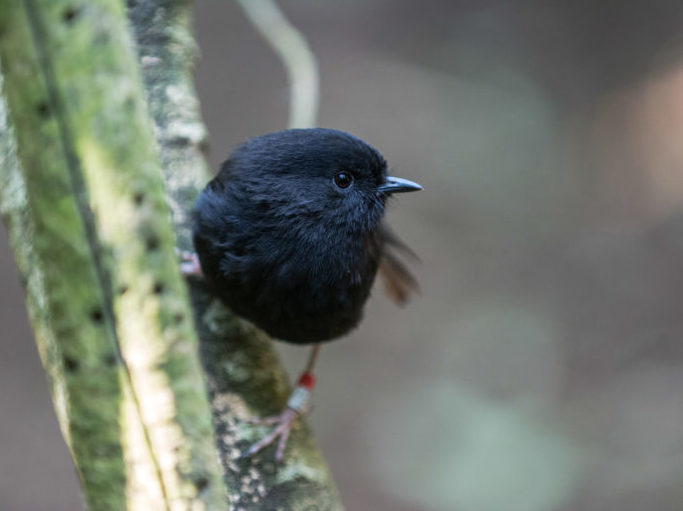
Don Merton (1939-2011) was a passionate pioneer in the conservation of endangered birds. His work was recognised world-wide and for 30 years he worked with the kakapo recovery programme. But there was another, even rarer bird that he and his team brought back from the very brink of extinction – the Chatham Island black robin. … Continue reading Remembering Don Merton and a bird called ‘Old Blue’

What do you know about gene drive technology? How do you feel about it? Would knowing more make you feel more supportive of gene drive as a future means of eradication? These were some of the questions posed in a recent study looking at public opinion towards gene drive and how it relates to people’s … Continue reading National survey looks at ‘worldview’ and public attitudes to gene drive technologies
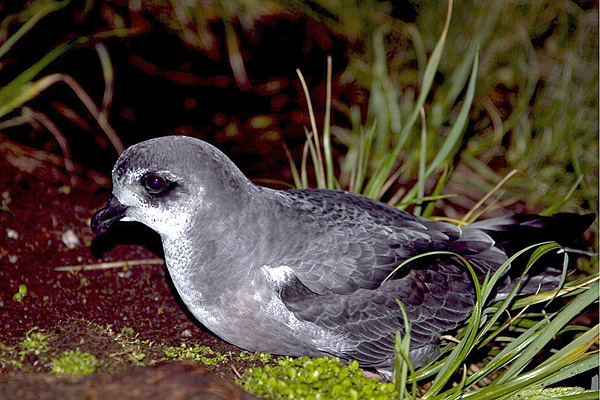
A survey of 71 islands in southern Fiordland in the summer of 2017, by researchers from Museum of New Zealand Te Papa Tongarewa and the Department of Conservation, found forty breeding colonies of three petrel species spread across 35 of those 71 islands, according to a report just published in Notornis, the scientific journal published … Continue reading Researchers surprised by petrel numbers on ‘refuge’ islands

Dr Carolyn King has spent a lifetime studying New Zealand’s introduced mammalian predators and is recognised as an international expert on mustelids. Meticulous historical and scientific research, along with a lifetime of practical field experience come together in her latest book, Invasive Predators in New Zealand: Disaster on Four Small Paws, just published and available … Continue reading New book tells story of ‘Disaster on Four Small Paws’
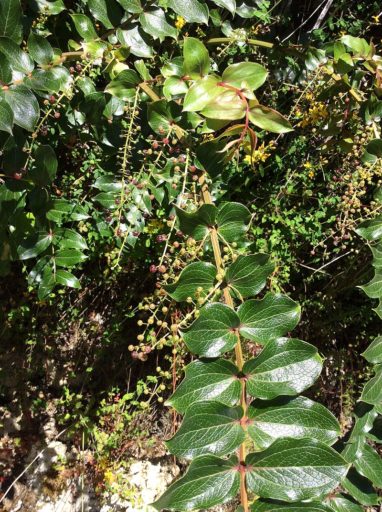
Tuhoe researchers recently joined other scientists in evaluating naturally occurring toxins in native plants. Could one of those toxins provide a culturally acceptable alternative to existing rodenticides? The results of their study have just been published in the New Zealand Journal of Ecology. Anticoagulant poisons have been used to kill rats and mice for decades, … Continue reading Native plants show potential as future rat toxins

As 2019 ends, so does the feasibility stage of the Maukahuka Pest Free Auckland Island project. This ambitious project proposes to eradicate pigs, mice and cats from Auckland Island (46,000 ha), the largest island in New Zealand’s World Heritage listed Subantarctic region. This is a significant project for Predator Free 2050 and success would complete … Continue reading Hot News from the Cold South: An update on Maukahuka Pest Free Auckland Island

The ruru (morepork) is a predator – but it’s certainly not on the ‘predator-free’ hit list. Those slots are just for introduced mammal predators which haven’t co-evolved with our vulnerable native species. Ruru do prey on other native wildlife however, including endangered species, as a recent study carried out on Tiritiri Matangi Island reveals. Sarah … Continue reading Video camera study reveals rare birds in ruru diet
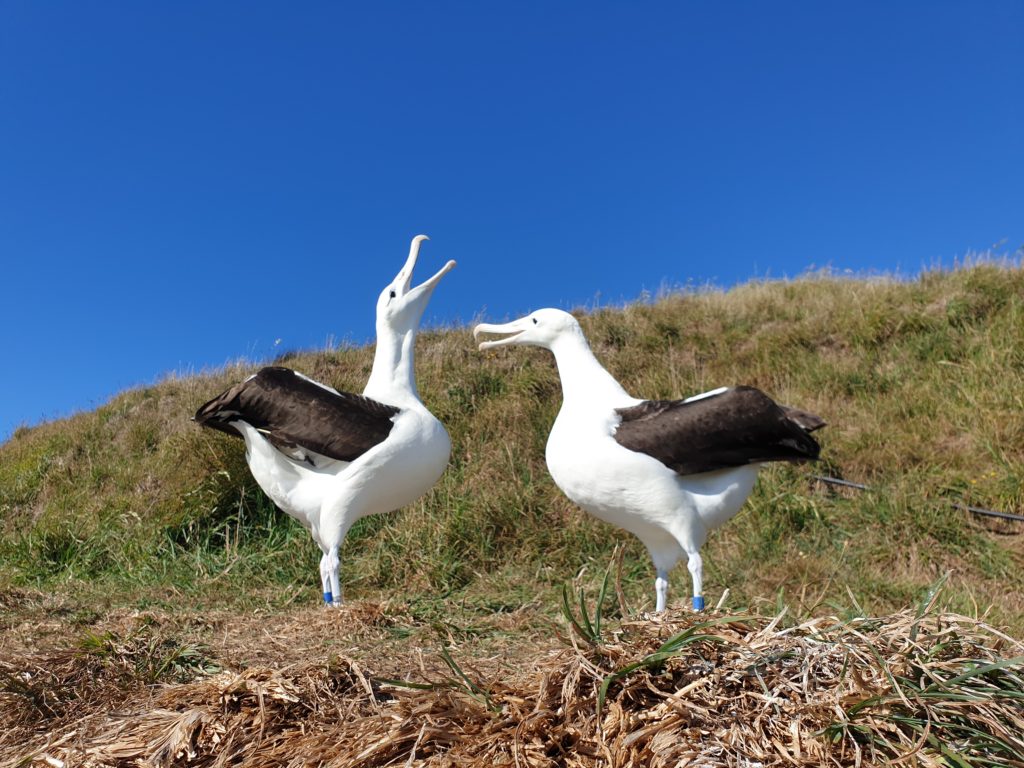
The world’s only mainland breeding colony of Northern Royal Albatross – at Taiaroa Head on the Otago Peninsula – might not exist at all if it weren’t for one man. His name was Lance Richdale. From 1928-1959 Lance Richdale was an agriculture/nature study instructor with the Otago Education Board, visiting schools across Otago to inspire … Continue reading Lance Richdale – first protector of albatross at Taiaroa Head
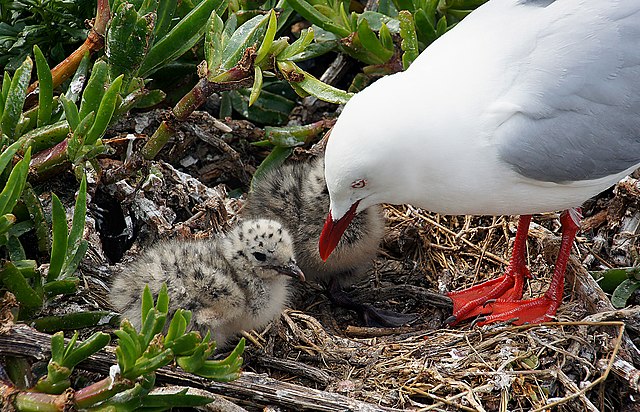
If you park up at the beach with a feed of fish and chips it can seem like red-billed gulls are common and thriving. But 52 years’ worth of observations and monitoring data from New Zealand’s biggest gull breeding colony on the Kaikoura Peninsula tells a somewhat different story. Mammal predators are part of that … Continue reading Kaikoura red-billed gull study reveals predator impacts over 52 years
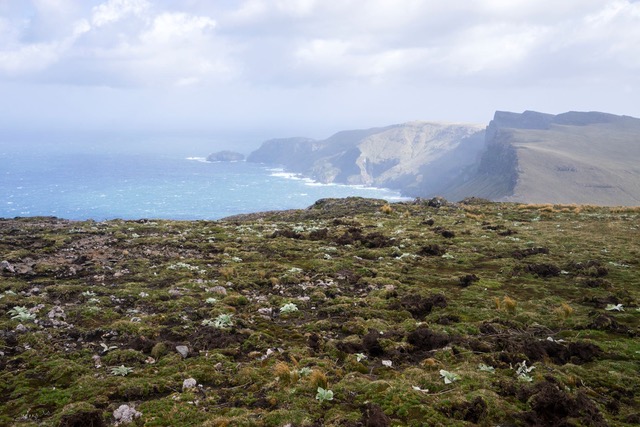
Approximately one-third of New Zealand’s islands are now free of all invasive mammals. Could Auckland Island be next? Predator control and eradication operations are often carried out in winter – when predators are hungry and uptake of bait likely to be greater. But when it comes to eradications of sub-Antarctic islands, like Auckland Island, the … Continue reading Would summer eradication of rodents work for Auckland Island?
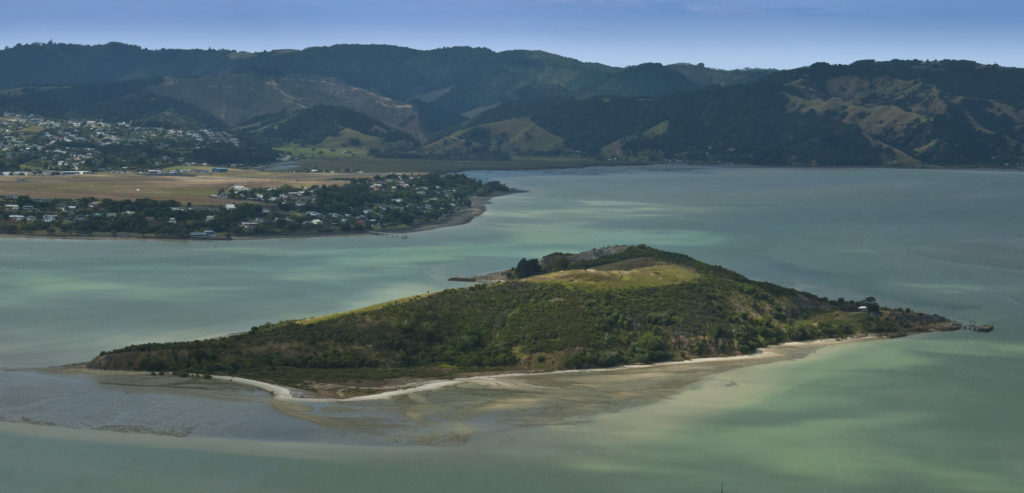
Matakohe – Limestone Island in Whangarei Harbour, was once the site of Matakohe pa, with extensive kumara gardens. Later ‘Limestone Island’ was home to a cement works, one of the earliest industrial sites in Whangarei and founded in 1856. Then, after the cement works was abandoned, limestone was quarried on the island until 1963. The … Continue reading Near-barren island transformed to harbour sanctuary
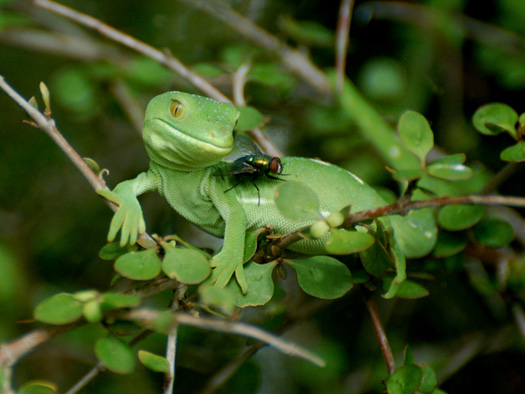
City dwellers and urban lizard gardens could play a significant role in future skink and gecko conservation in New Zealand, according to research just published in the journal Landscape and Urban Planning. Turning part of your garden into some desirable reptile real estate could really make a difference. Researchers Christopher Woolley, Stephen Hartley, Rod Hitchmough, … Continue reading Future conservation role possible for urban lizard gardens
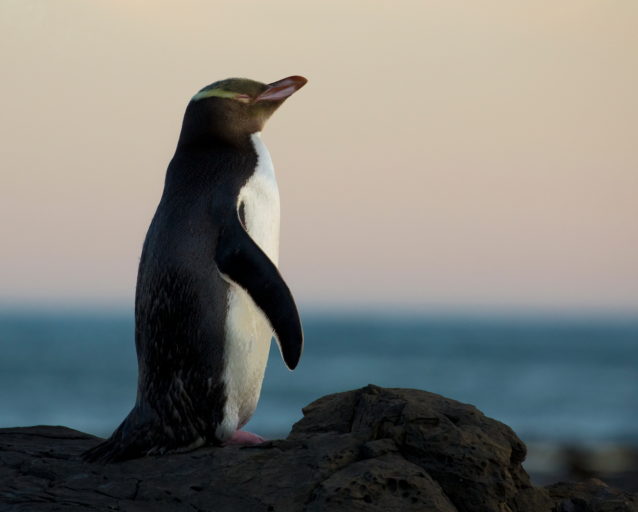
A male yellow-eyed penguin from Boulder Beach on the Otago Peninsula, recently became a video star for researchers Thomas Mattern, Michael McPherson, Ursula Ellenberg, Yolanda van Heezik and Philipp Seddon, who were investigating the use of high definition video loggers to study marine wildlife. Even the scientists were surprised by how much they could learn … Continue reading Video logger films at-sea foraging of yellow-eyed penguin
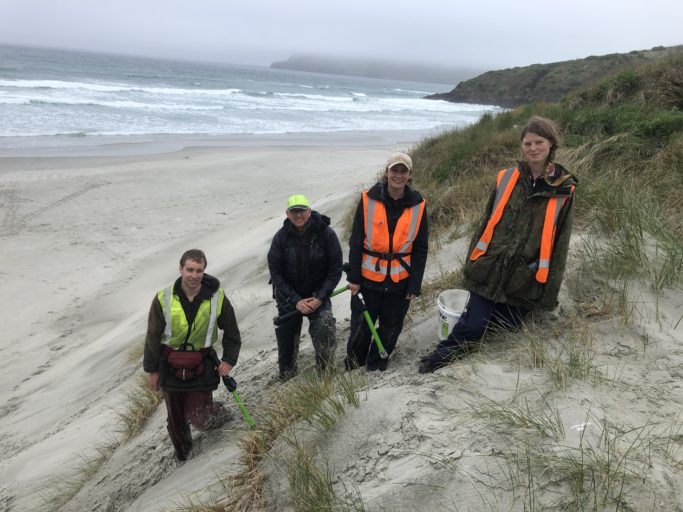
It’s ‘all go’ for yellow-eyed penguins – 2019 Bird of the Year – and those who help protect them. ‘Penguin Season’ is underway in Otago and Southland as staff and volunteers from the Yellow-Eyed Penguin Trust search for this year’s nests in North Otago, Otago Peninsula and the Catlins. Dave McFarlane is Field Manager for … Continue reading Breeding season underway for yellow-eyed penguins – 2019 Bird of the Year
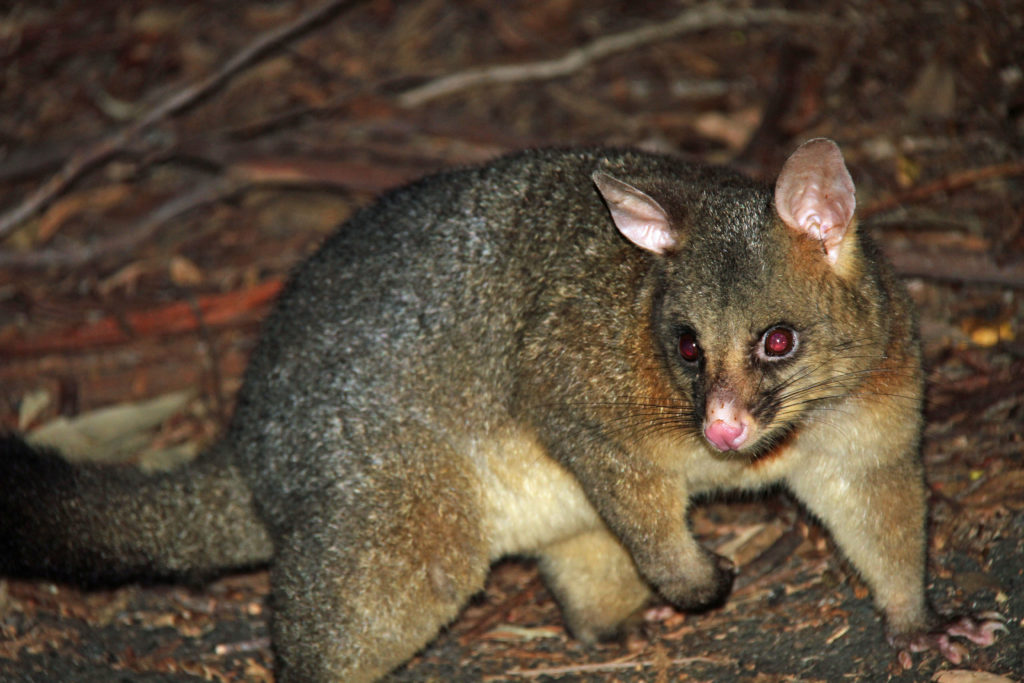
Dual 1080 operations – would two toxin applications a few weeks apart work better than one? Possibly, if a few other conditions are also met. Currently, aerial 1080 drops are used to control introduced predators, but not expected to totally eliminate them. Aerial 1080 application is used to knock predator numbers right down and give … Continue reading Dual 1080 application could be key to possum and rat eradication
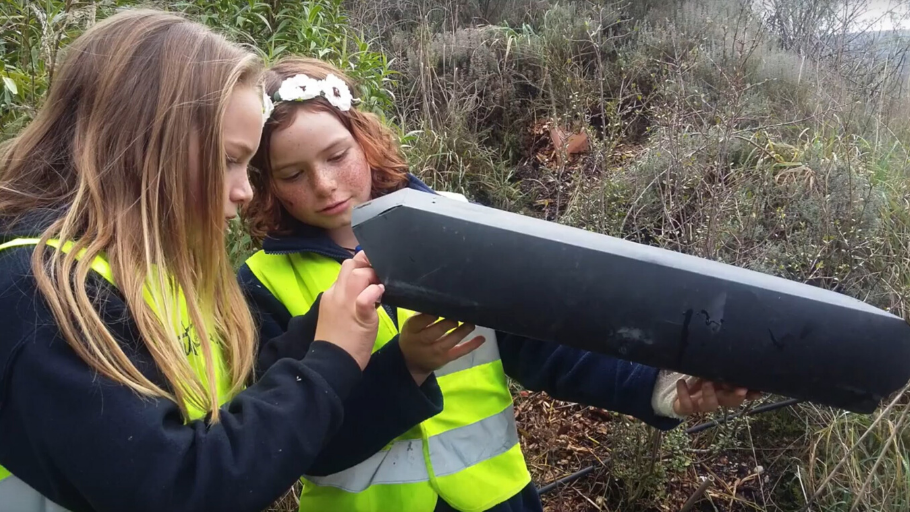
From Northland to Southland, in big and small towns and cities, schools across Aotearoa are putting up their hands to be kaitiaki of their playgrounds and local environments. Meet the 20 latest Predator Free Schools and find out how they intend to protect our native wildlife. We now have 51 schools around the country involved … Continue reading Latest schools to join our PF Schools programme
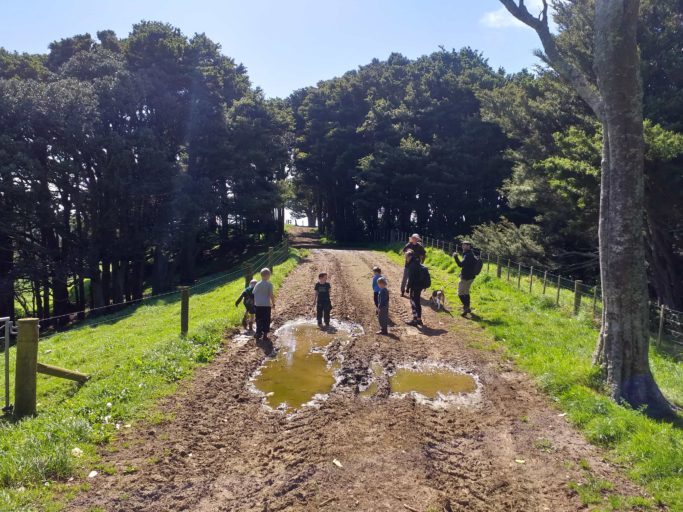
When software developer, Andy Saunders, returned from the UK a few years ago, he bought a property in Whiriwhiri, a stone’s throw from where he grew up in North West Waikato. “When we arrived in 2010 the bird life here was phenomenal! We counted 12 kererū in our pōhutukawa one day (Andy took a photo … Continue reading Predator Free Whiriwhiri forms to halt return of possums and rats
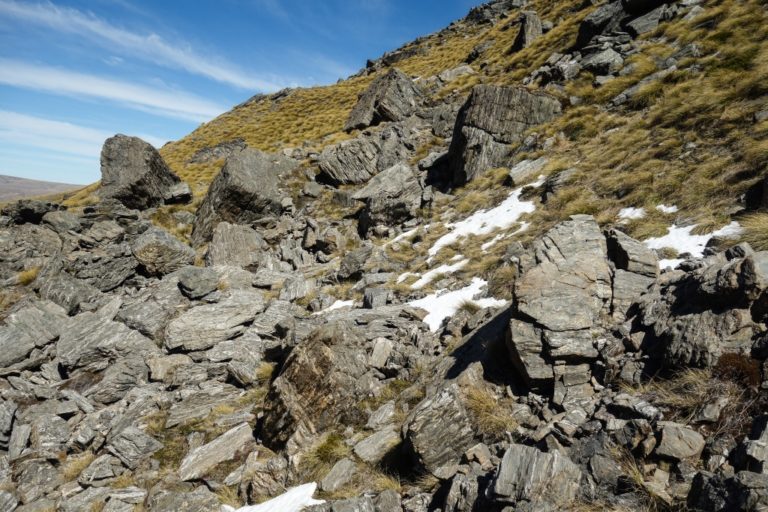
Ecologically significant vegetation and habitat on private land is being lost at a rate comparable to pre-1840 deforestation, according to a study by Landcare Research scientists, Adrian Monks, Ella Hayman and Susan Walker. Their analysis of vegetation clearances over 27 years from 1989 to 2015 has recently been published in the New Zealand Journal of … Continue reading Wildlife habitats lost as land clearances continue
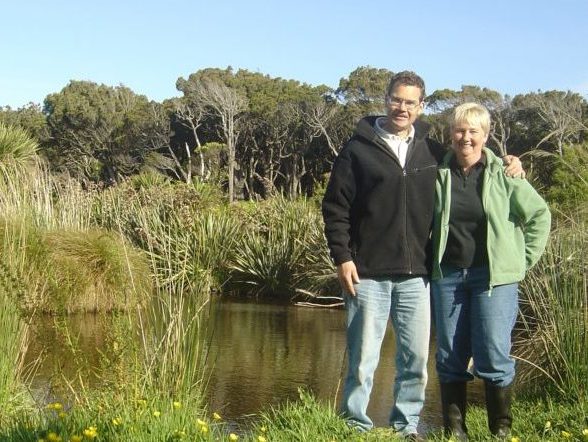
It’s been 6 years since Southland Community Nursery near Invercargill, opened its Education Centre and in that time thousands of people – particularly school children – have visited the property, explored the restoration area via the gravel tracks, learnt about local native plants and discovered a myriad of fascinating creatures in the ponds and native … Continue reading Southland couple committed to helping children learn about nature
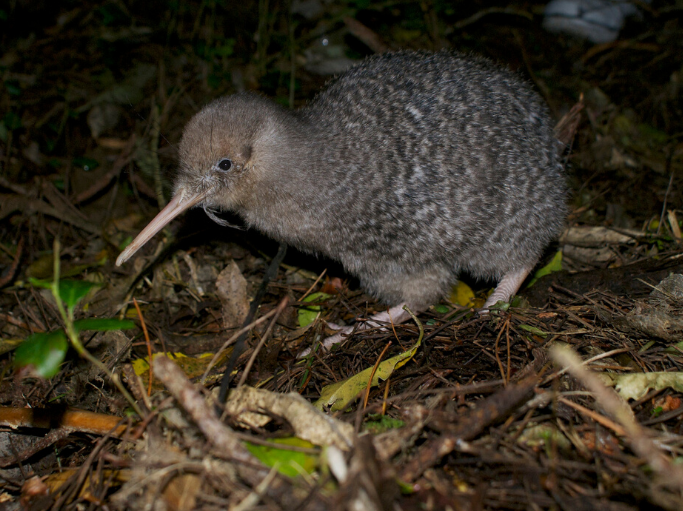
The little spotted kiwi (Apteryx owenii) was probably the most common kiwi species in Aotearoa/New Zealand in the mid-1800s. Now it’s our second rarest kiwi of the 5 kiwi species. Numbers plummeted last century and it had almost disappeared from the mainland by the mid-1900s. Then 5 birds were collected in 1912 and transferred to … Continue reading DOC and volunteers count kiwi on Tiritiri Matangi
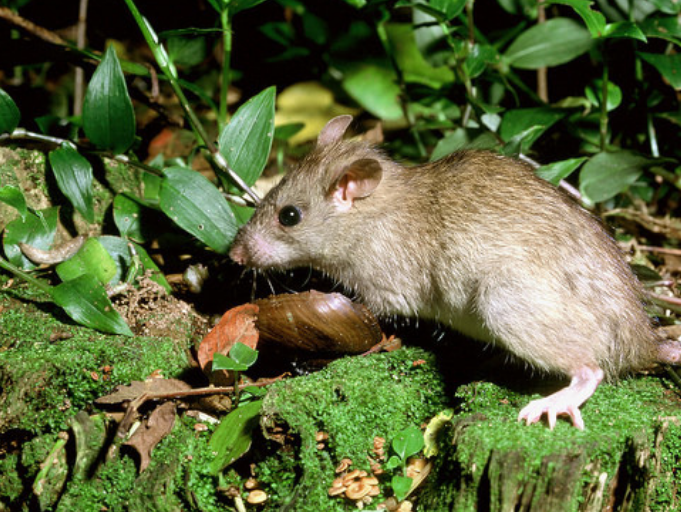
Trappers from the Kepler Challenge Trust helped out by supplying 248 trapped ship rats back in 2009-2010, so that researchers Kay Clapperton, Fraser Maddigan, Warren Chinn and Elaine Murphy could carry out a detailed study of what the Fiordland ship rats had been eating before they died, the population structure of young and old rats … Continue reading Life of plenty for beech forest ship rats

Wainui Beach is a small, beachside community on the outskirts of Gisborne. In 2017 the students at Wainui Beach School made nesting boxes for their local little blue penguins. This year they’re putting their building skills to use again with a new project. “We’re building trap tunnels,” says Years 3 and 4 teacher, Nic Shand. … Continue reading Wainui Beach pupils use building skills to help wildlife

Up until the 1950s, most pest control toxins for vertebrates, including rats, were fast-acting. While a quick death for pests is a good thing humane-wise, the issue was, rats didn’t necessarily die. They’d try a little toxin, quickly feel the effects and sensibly refuse to have anything more to do with it, before they’d consumed … Continue reading New toxin combination tested for rats and possums
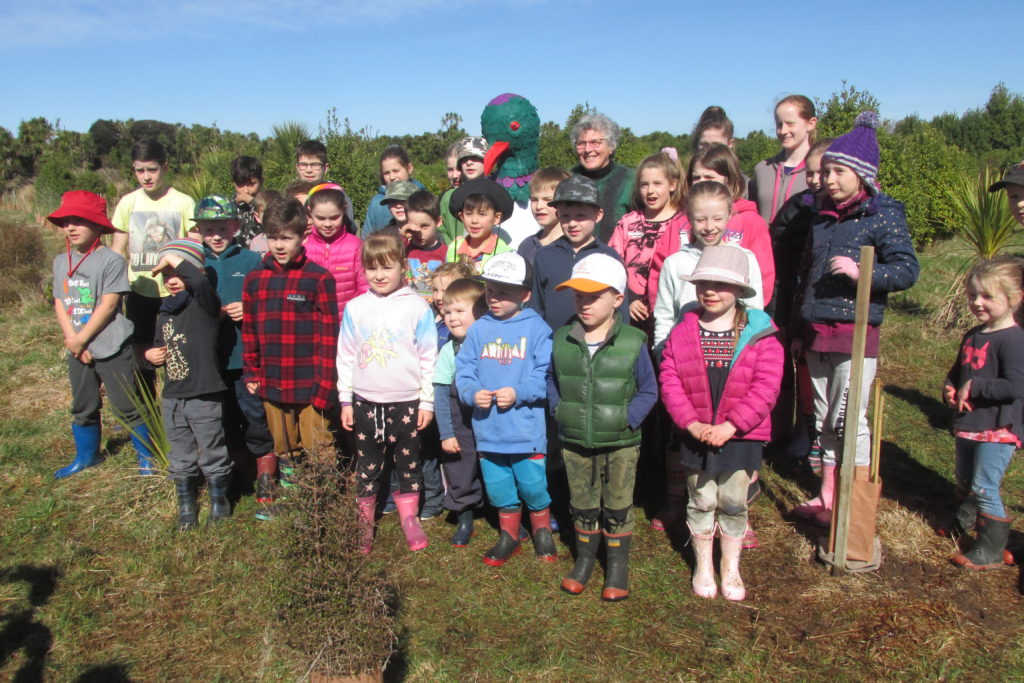
Otatara Landcare Group (OLG) in Southland has just celebrated its 20th year and two other impressive milestones: OLG’s total volunteer effort has reached 15,000 volunteer hours and 30,000 locally grown native plants have now been planted at its flagship restoration project at Bushy Point! So how did Otatara Landcare’s volunteers celebrate? They planted more trees, … Continue reading Bushy Point volunteers hold Triple Celebration
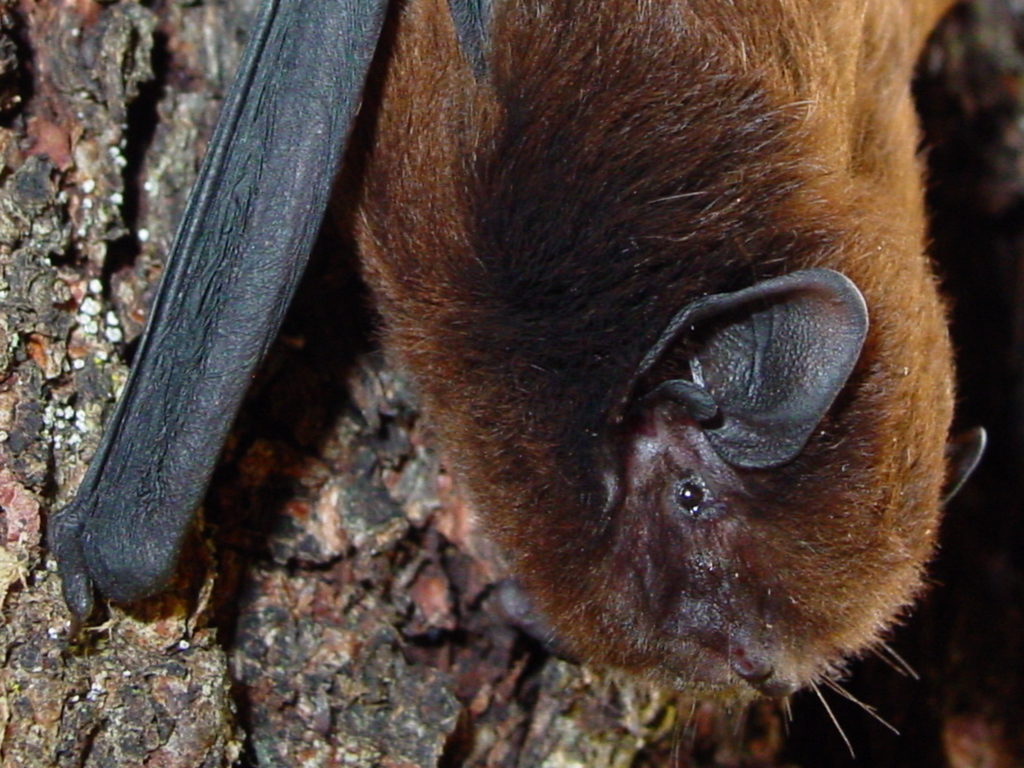
When you think about roads and wildlife, the first thought that springs to mind is a collision with fatal consequences. But roads can impact wildlife in a whole range of ways and more evidence is needed on the most effective ways to mitigate those impacts. Lights at night, noise as a barrier to foraging, loss … Continue reading Road hazards for wildlife more than just a collision risk
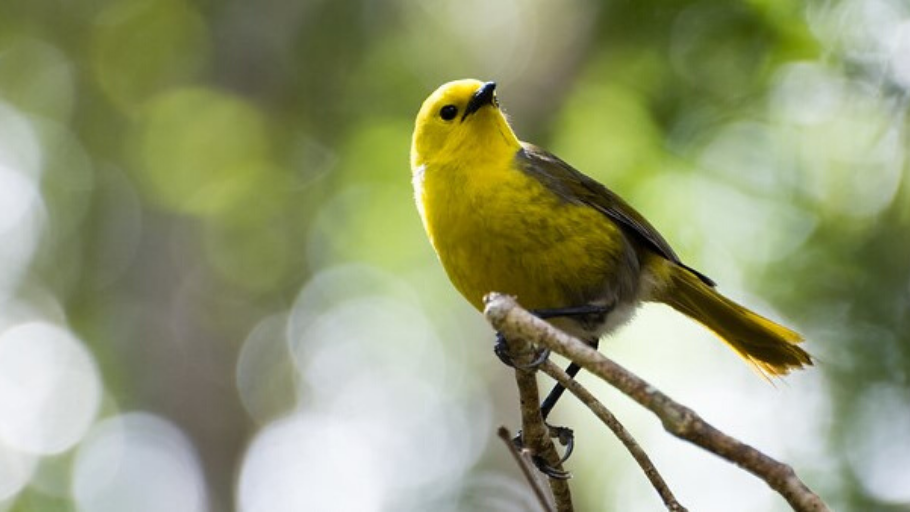
Ian Turnbull’s father was a member of the Central Otago Lakes Branch of Forest and Bird back in 1998 when the group first began trapping in the beech forest of the Makarora Valley near Wanaka. Now Ian himself is retired and part of the dedicated trapping team. “There were a small number of mohua left … Continue reading Saving mohua motivates Makarora Valley trappers
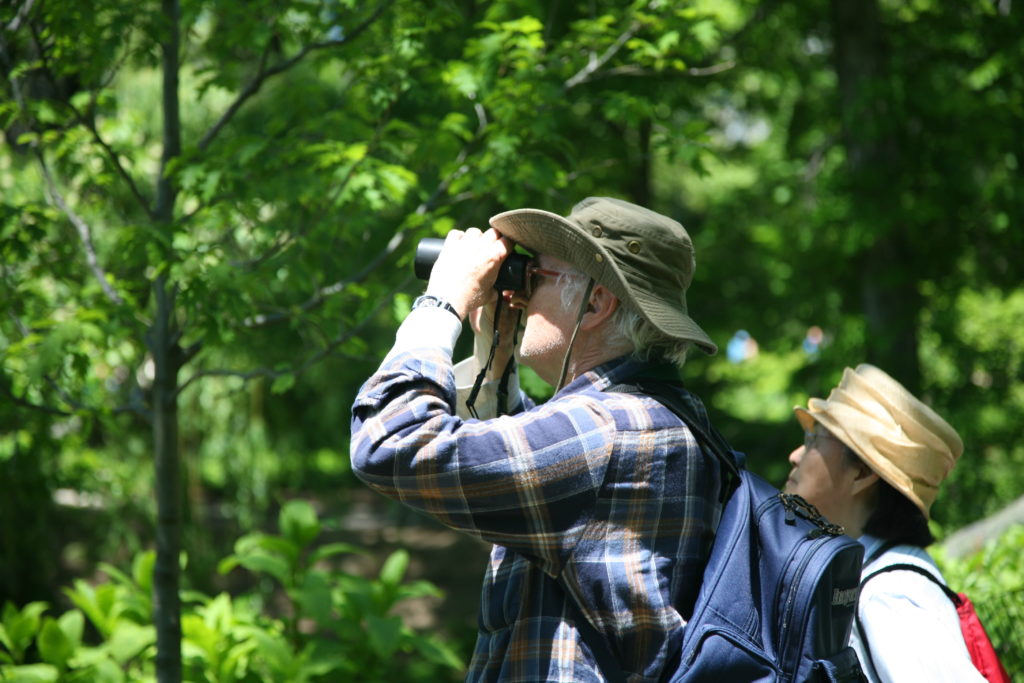
Monitoring wildlife population densities in our ‘mainland island’ fenced sanctuaries is an important part of measuring sanctuary success and assessing the longterm costs and benefits of predator-exclusion fencing. Such fences don’t come cheap, after all. But finding and maintaining the funding, personnel and motivation for longterm monitoring projects can be a challenge. If specialist expertise … Continue reading Citizen science monitoring method outlined and tested
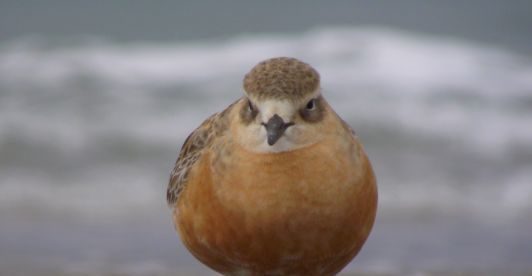
For the last 20 years or so, an area of gravel has been slowly forming at Robinson Bay on the Eastbourne foreshore, just across the harbour from Wellington City. Then about 9 years ago banded dotterels (pohowera/tūturiwhatu) arrived and began trying to breed on the beach, right in front of Eastbourne’s houses. The shingle expanse … Continue reading MIRO helps out overlooked banded dotterels
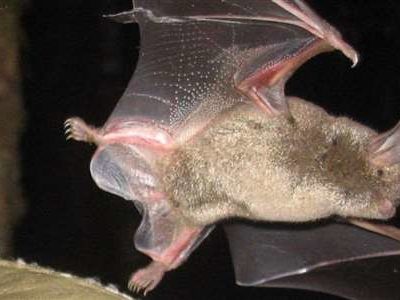
Let’s be honest – New Zealand’s wildlife is weird. There are alpine weta that can freeze and thaw, kiwi with their amazing sense of smell and mammal-like behaviour, booming kakapo, carnivorous snails – and then there are our bats. The closest relatives of our short-tailed bats live in tropical locations. Our little short-tailed bat is … Continue reading Hibernation or torpor? Understanding our weird and wonderful bats
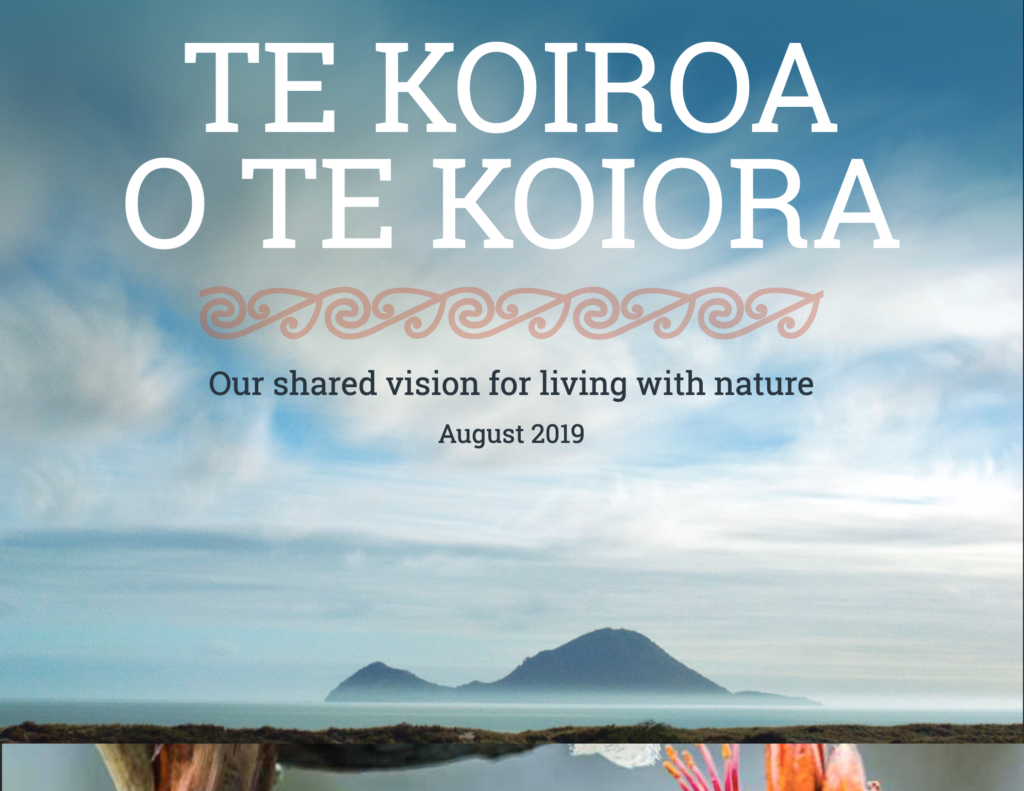
The NZ Biodiversity Strategy is an important document that sets out the framework for how we protect our biodiversity and ensure it thrives over the next 50 years. The Department of Conservation has recently released a discussion document which will help inform the final strategy. This document is particularly important to those involved in community … Continue reading Biodiversity strategy discussion document
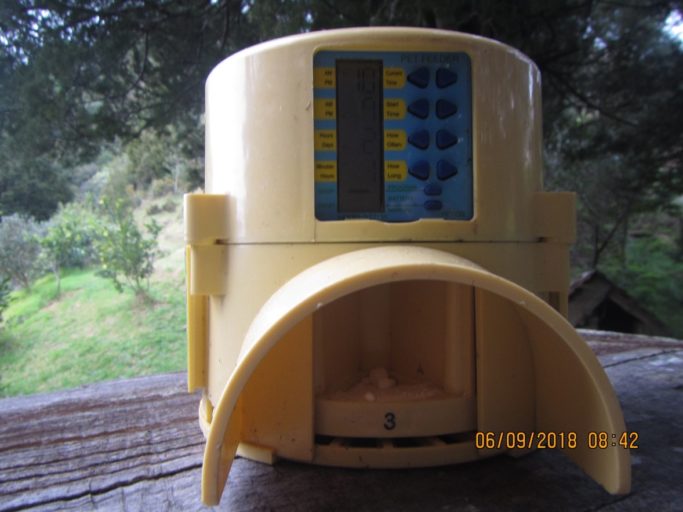
Shane Hyde of Kaeo (Whangarei) left school at 16 and spent years working on predator control and weed control projects, but ill health in 2006, after spraying herbicides, forced him to rethink how he approached the physically demanding outdoor work. The next few years weren’t easy – but ultimately those challenges inspired Shane’s development of … Continue reading EnviroMate100 bait station delivers time-controlled ‘dinner dishes’

Should we be using gene editing in New Zealand for predator control? How and where might it be used? What is even possible? The Royal Society Te Aparangi have just released a range of resources considering what gene editing is and how it might be used in New Zealand. The Royal Society consider that, “as … Continue reading Gene editing for pest control
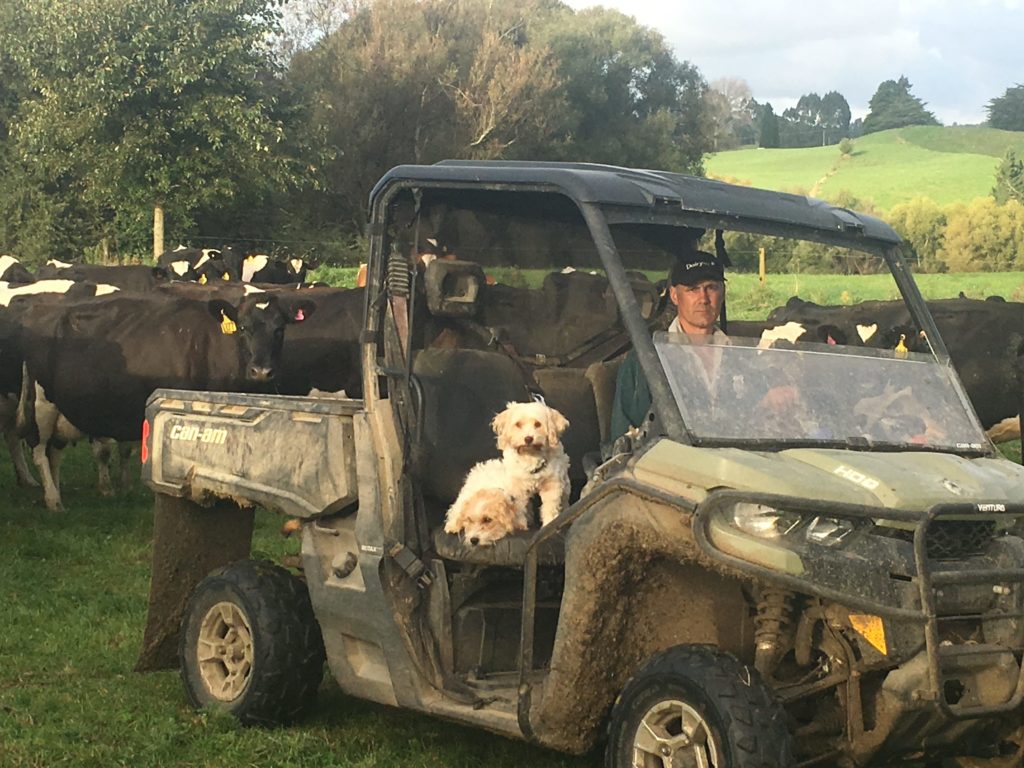
Dairy farmers, Nick and Nicky Dawson from Patoka, near Hastings, have been going hard out with predator control in the last four years or so. They were recently deserving winners of the East Coast region Ballance Predator Free Farm Award and overall East Coast regional award. While no stranger to awards for their long-time environmentally … Continue reading Patoka dairy farmers enjoy benefits of predator control

When scientists studying the dynamics of a Norway rat colony in New York had some wild cats moved in on the experiment, they took the opportunity to see how the presence of cats and their behaviour influenced the presence and behaviour of the rats. Did rats move out when the cats moved in – or … Continue reading Can feral cats limit rats?
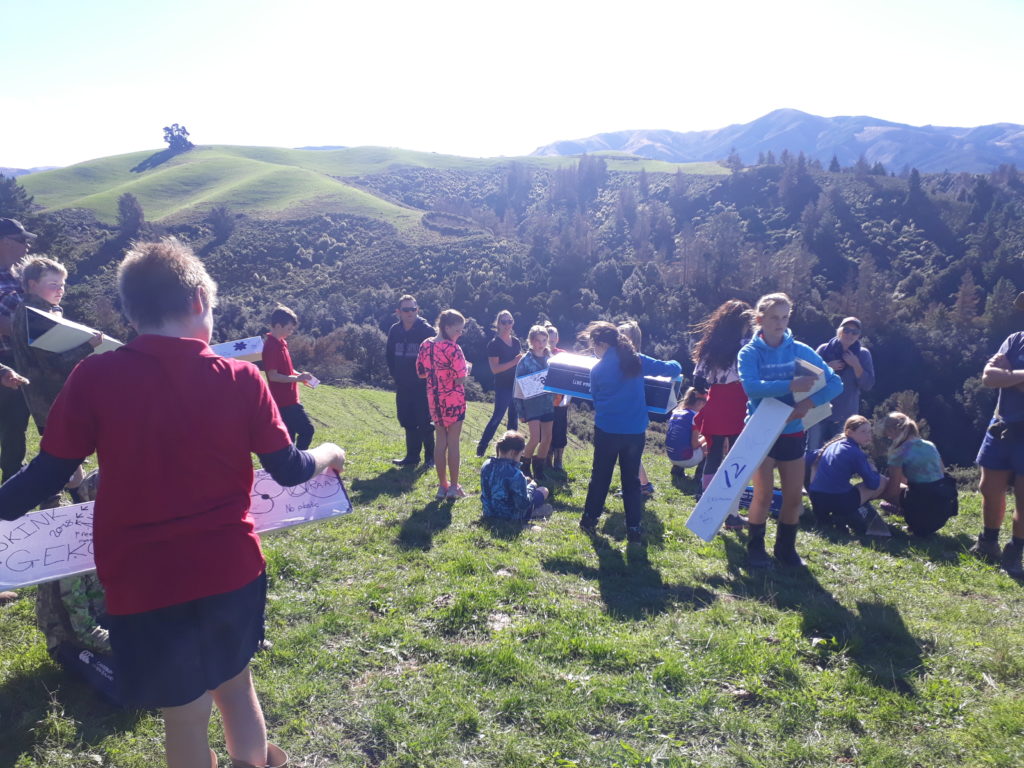
Duncan and Tina Mackintosh farm White Rock Mains, near Rangiora in North Canterbury – a 1056 hectare property brought by Duncan’s great-grandfather back in 1909. Earlier this year they were Canterbury regional winners of the Ballance Predator Free Farm Award, in recognition of their predator control efforts. The farm is a mix of sheep, beef … Continue reading Possum numbers surprise Canterbury farming family
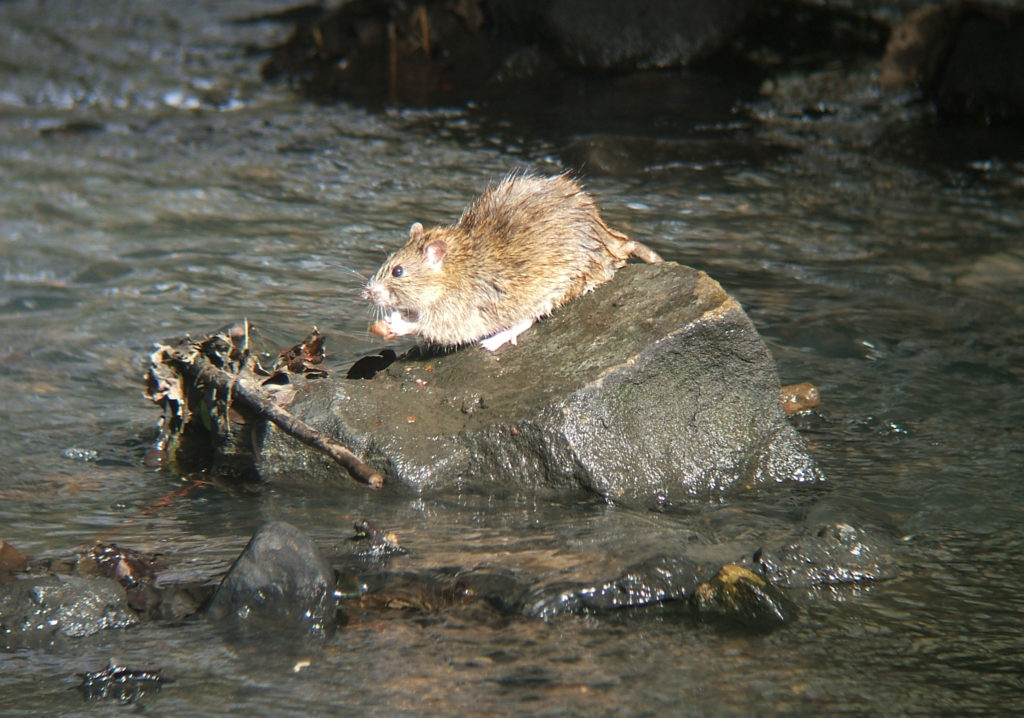
‘Giant rats’ in our cities have hit the media headlines in recent weeks and, while ‘rats as big as cats’ are unlikely to be stalking the suburbs, there do seem to be some large and well-fed rats lurking in urban areas. What’s more – the rats that your cat brings home may not be the … Continue reading Cats vs Rats (and the big ones that get away)

Lynmore School, in Rotorua, received funding as part of our Kiwibank School programme. Students from Room 1A provided us an update of what they have been up to in the last wee while. On the 1st of August, some students from Lynmore School in Room 1A decided to run a trapping information evening for the Lynmore … Continue reading Lynmore School raises awareness of trapping
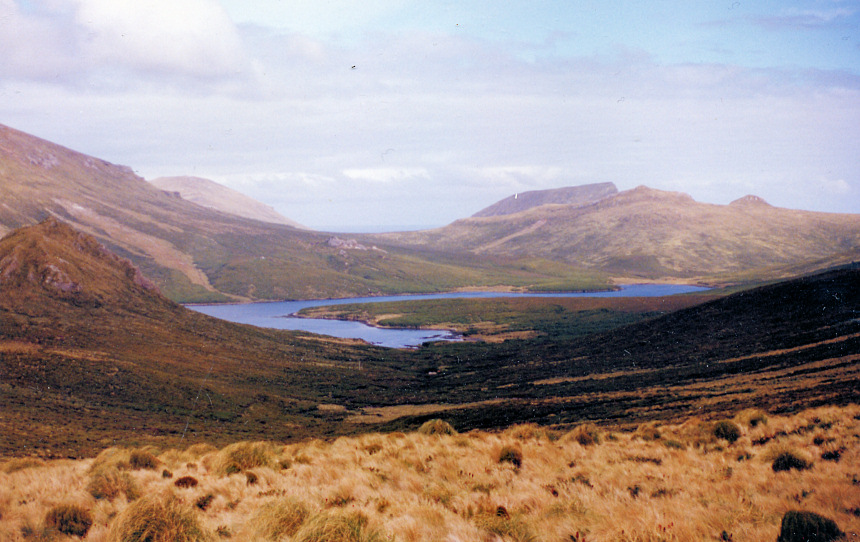
The Journal of Ornithology has just published a review of the conservation tools being developed for New Zealand’s Predator Free 2050 eradication programme. The paper’s authors, Elaine Murphy (DOC and Zero Invasive Predators – ZIP), James Russell (ZIP and University of Auckland), Keith Broome (DOC), Grant Ryan (Cacophany Project) and John Dowding (DM Consultants) are … Continue reading Review of conservation tools under development
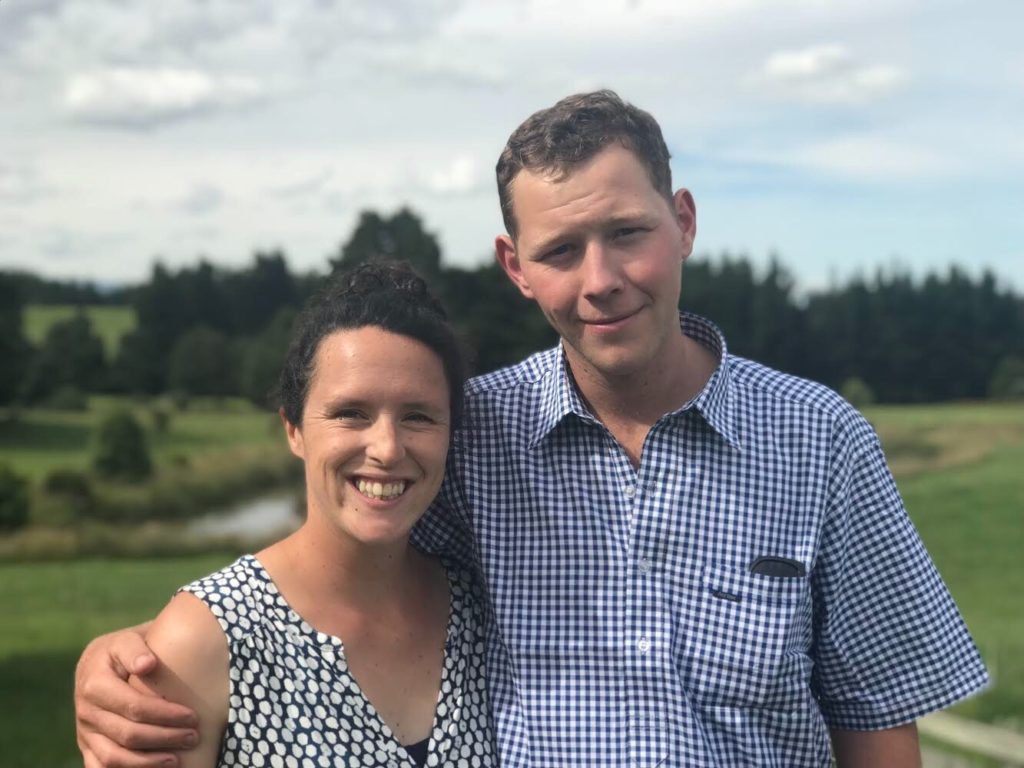
Rob and Alison Barry have noticed some changes on their Central Hawkes Bay farm block, Barry Farms, in recent years. Rob says he’s often followed by fantails and there seem to be more around. Barry Farms at Ashley Clinton includes an 8 hectare bush block which has been under QE II covenant for over 25 … Continue reading Fantails are a sign of change at Barry Farms
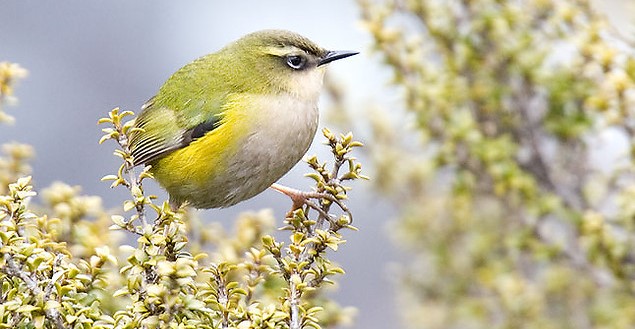
Graeme Elliott has been studying our native birds for 45 years and using his knowledge we’ve put together an overview of how we can best protect our native birds in a mast year. The right tool for the job For him the message is clear, the main tool that can be used to reduce the … Continue reading How can we help native species in a mast year?
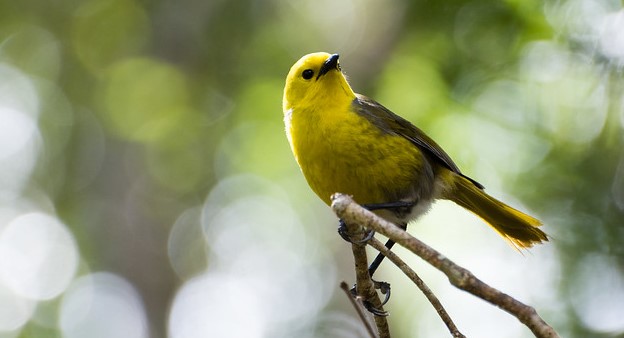
There has been a lot of talk in the media about the beech mast and the mega mast. So what is it and why does in matter? Dr Graeme Elliot from the Department of Conservation shares his knowledge. Graeme Elliott has been studying our native birds for about 45 years and he’s interested in how we … Continue reading What is a mast event and why does it matter?
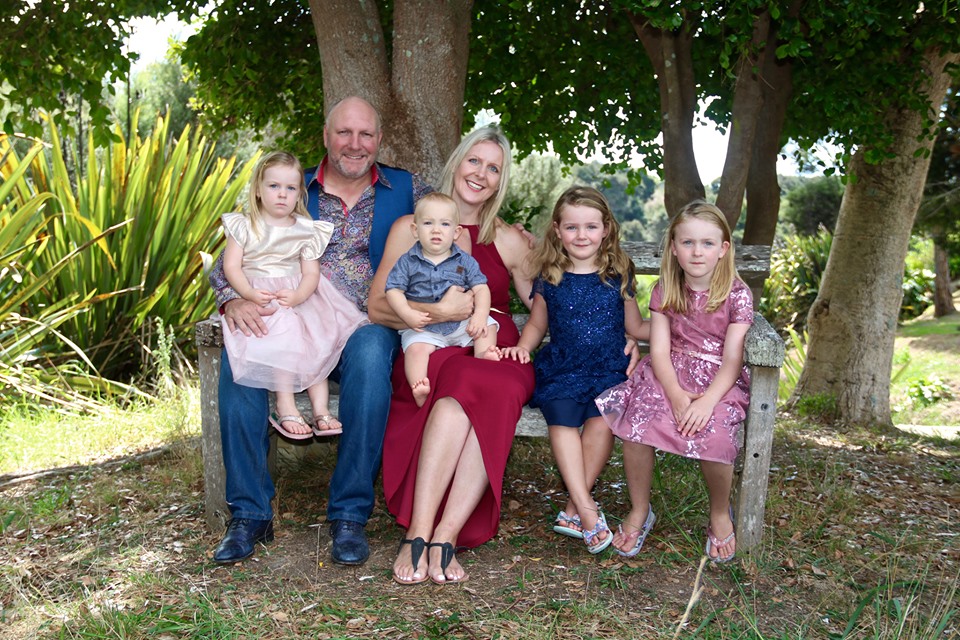
Both kiwi and weka wander freely along the forest trails at Russell Orongo Bay Holiday Park and a total of 55 different bird species have been identified there, making the park a fabulous destination for nature-loving holidaymakers. Owners, Tori and James Burns encourage visitors to ‘Experience, Encounter, Explore’ the beautiful surroundings and have a long-running … Continue reading Russell Orongo Bay Holiday Park wins Predator Free Award
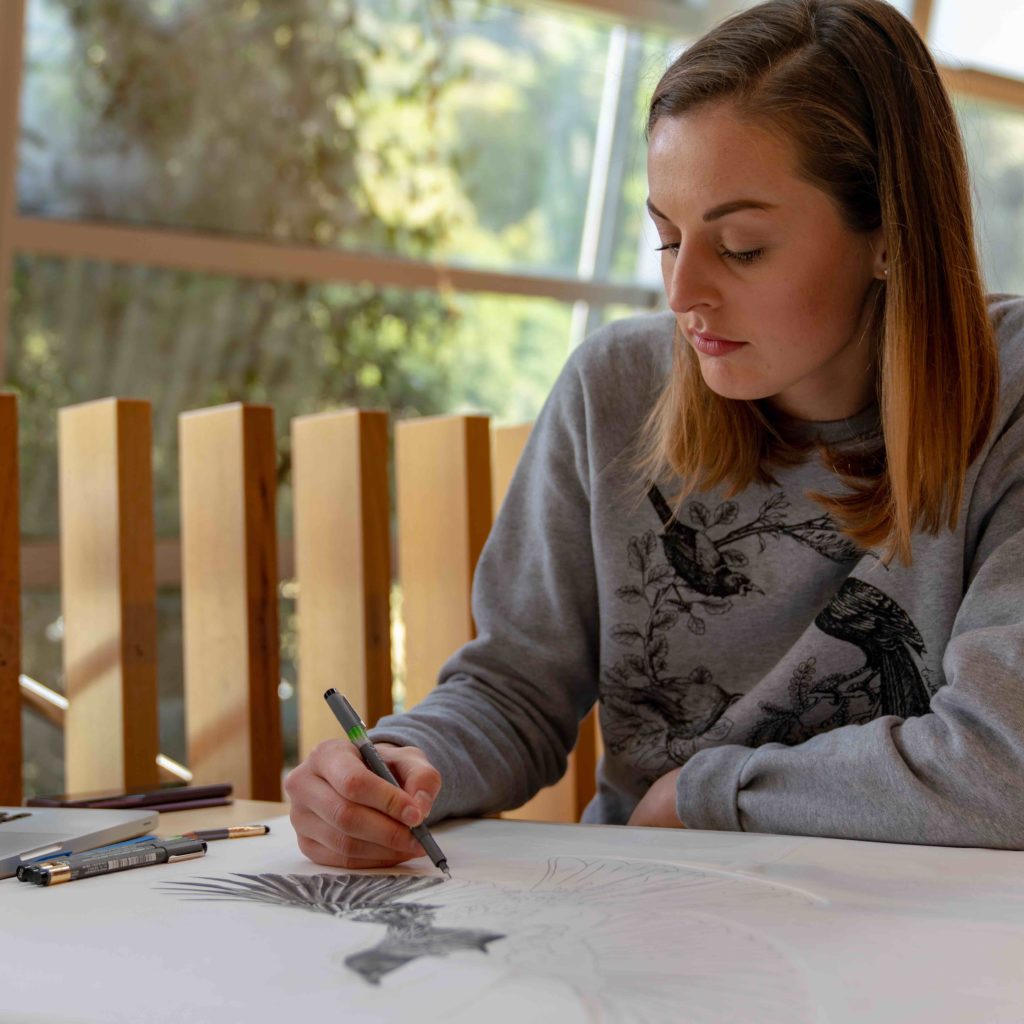
When Hannah Shand studied fashion at University, she would choose to do art-based projects and always enjoyed doing things by hand rather than on computer. As a graduate, she moved to Auckland for a job in a fashion workroom, and found the workroom job wasn’t as creative as studying at Uni. “I wanted to do … Continue reading Wildlife artist, Hannah Shand, captures the personality of native birds

Urban landscapes are becoming recognised as important places of biodiversity. The concrete jungle can potentially be a great habitat for wildlife and having good biodiversity in our cities allows urban-dwellers to interact with nature in their daily lives. So how does New Zealand’s largest city stack up in the biodiversity stakes? Todd Landers, Samuel Hill, … Continue reading Auckland’s bird biodiversity revealed
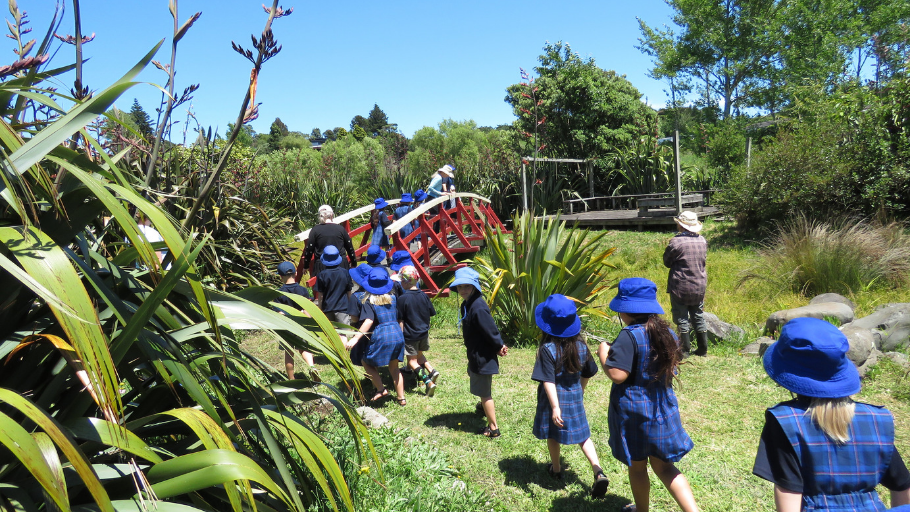
St Joseph’s School in Waitara used to have a problem. The school is built on the site of an old riverbed and every winter their rugby field got boggy. So in 2010 they built their own wetland! Great solution – but that was only the beginning. “The wetland is about 10 metres wide and 100 … Continue reading St Joseph’s students keen to enhance school wetland
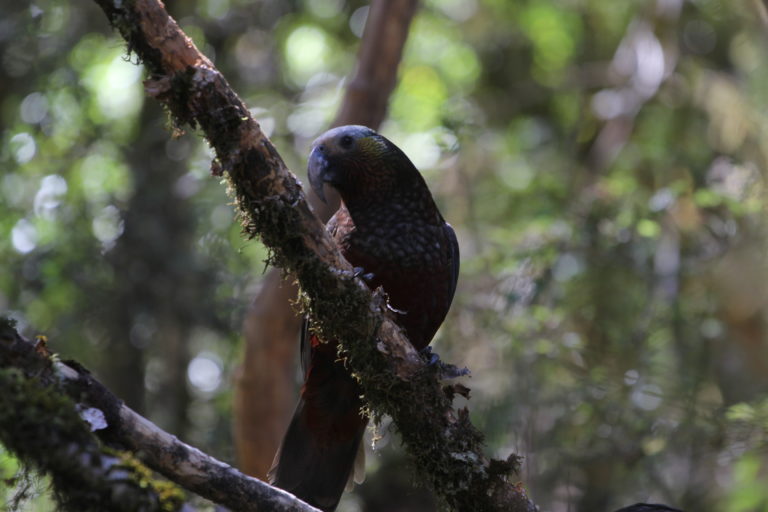
Thermal squeeze: it’s what happens when temperatures rise, predators spread out to higher altitudes and their vulnerable prey species are squeezed into less-than-ideal pocket habitats at the outside edges of their range. Like most predicted consequences of climate change, it’s not good news. So will it happen to New Zealand species? If so, what species … Continue reading Thermal squeeze could put pressure on native wildlife
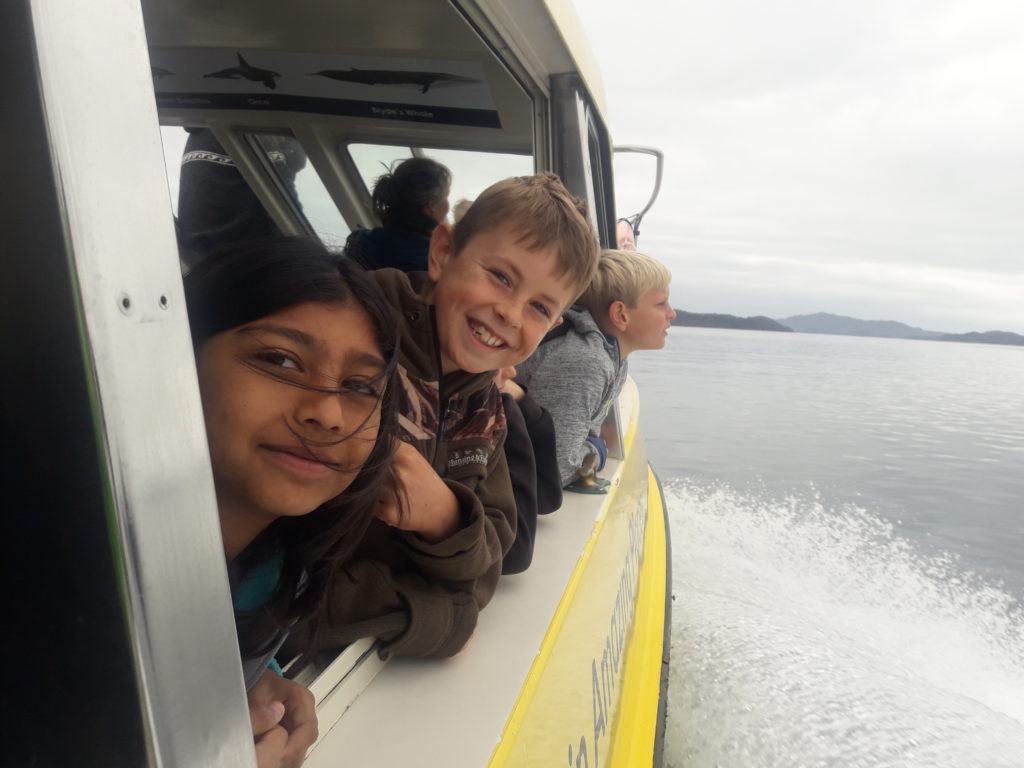
Bringing back the birdsong – note by note – is what around 350 Northland children experience each year by taking an Explore launch trip to the predator-free islands of Ipipiri in the eastern Bay of Islands and participating in an educational programme known as ‘Floating Classrooms’. “Floating Classrooms is a wonderful outdoor educational experience,” says … Continue reading ‘Floating Classrooms’ gives Northland children kaitiaki experience
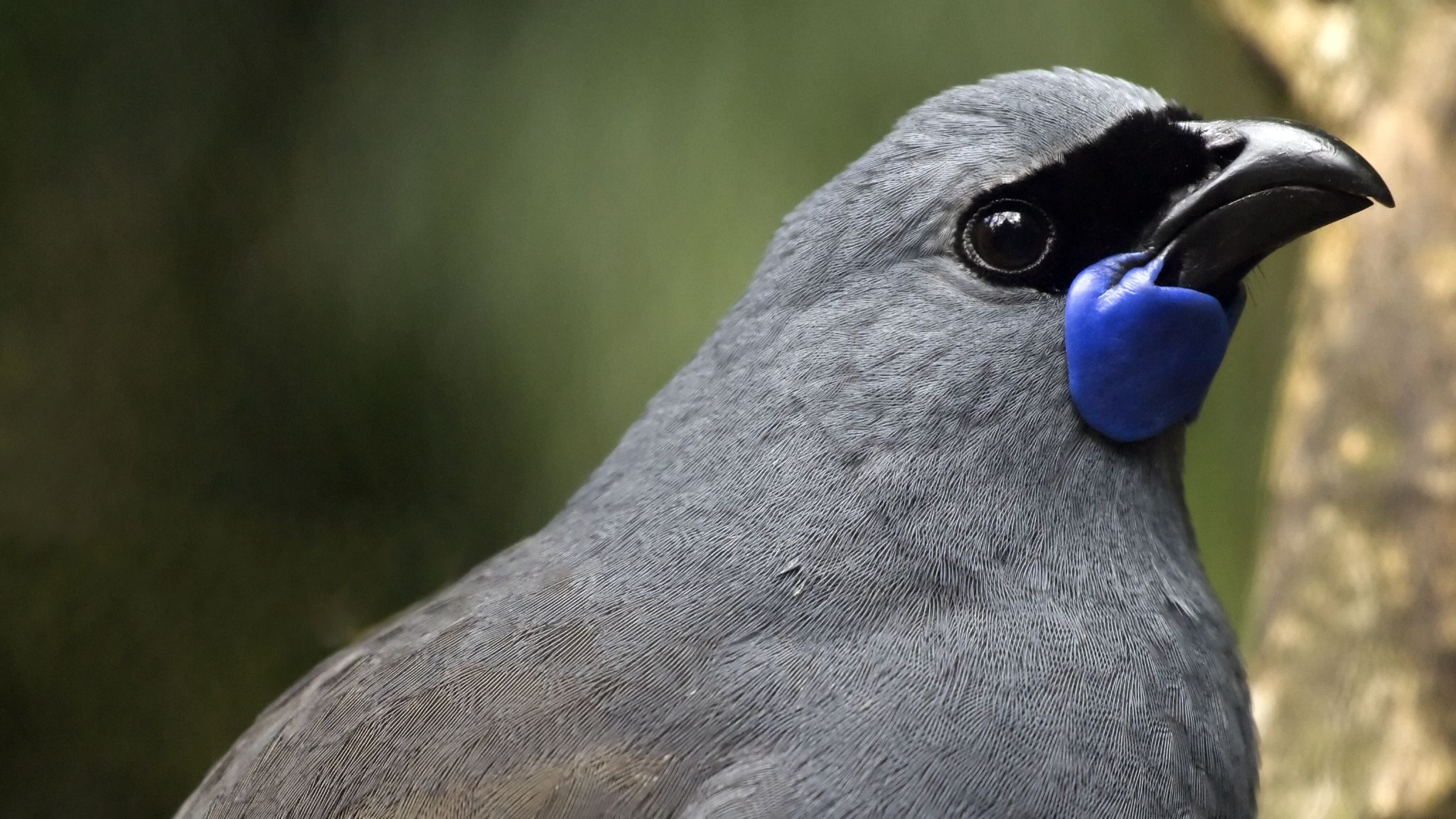
Translocations have been an important part of North Island kōkako population recovery, but when you’re obtaining your founding birds from small relict populations it’s important to maintain and even improve genetic diversity. University of Otago Zoology Masters graduate Meghan Milner-Jones studied the genetics of kōkako in her 2018 Masters thesis, available online through ‘OUR Archive’. … Continue reading Kōkako genetics investigated
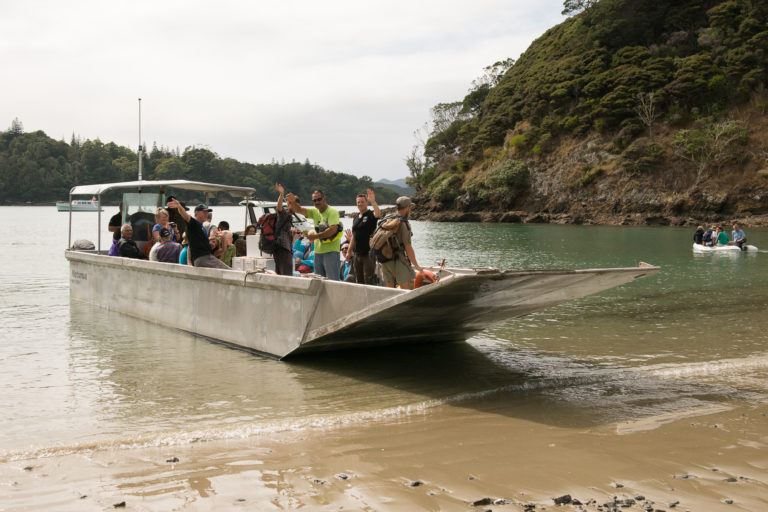
Project Island Song is a Bay of Islands wildlife sanctuary that celebrates the native subtropical habitat, lush with vegetation and alive with birdsong. Thousands of trees have been planted, and five rare and endangered species have been reintroduced with more reintroductions planned. The project is a partnership between community conservation group the Guardians of the … Continue reading Biosecurity essential to success of Project Island Song
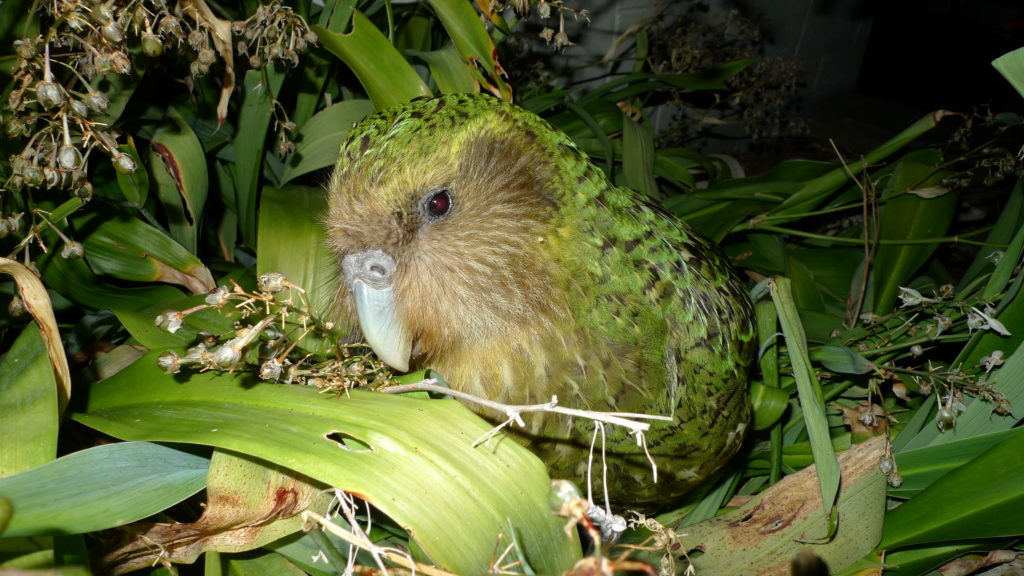
The kākāpō population is outgrowing its island refuge – but where might future kākāpō live? In a predator free future, the answer could include protected mainland sites provided there are sites that are big enough, safe enough and with the right kind of habitat for kakapo to thrive. If those likely sites can be identified … Continue reading Study seeks future homes for kākāpō
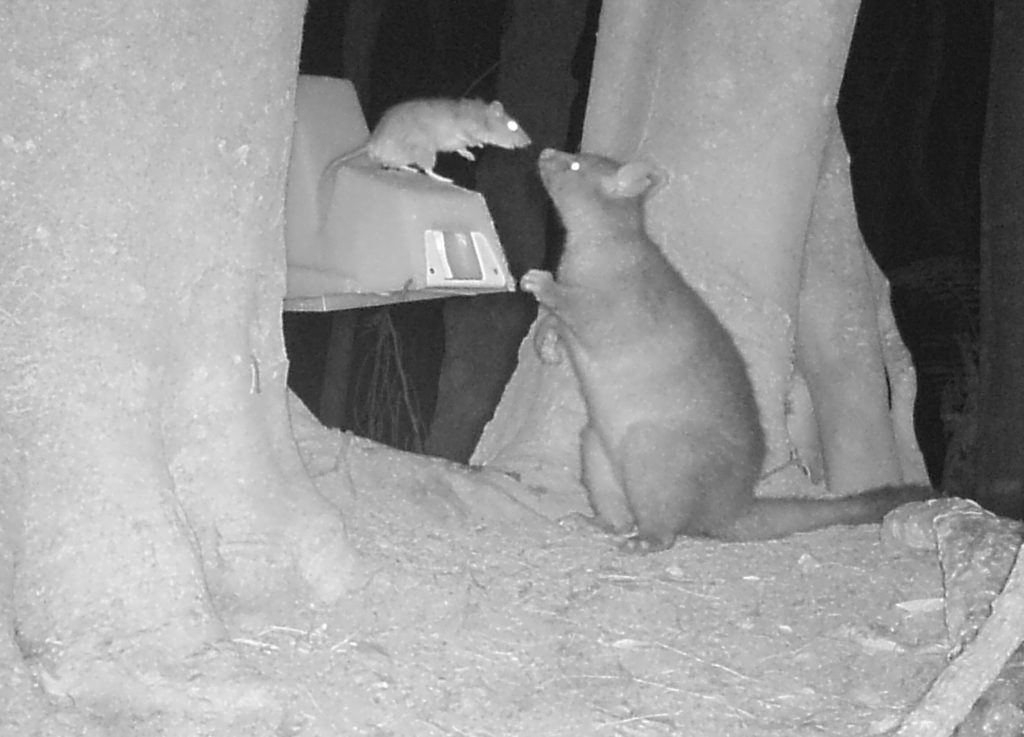
For community groups carrying out predator control it can be a real struggle to get rat numbers down to a level that allows small native birds to successfully breed in spring. One frustrating issue can be possums cleaning out the bait in your bait stations before the rats get to it, meaning large amounts of … Continue reading Bait station modification baffles bait-stealing possums
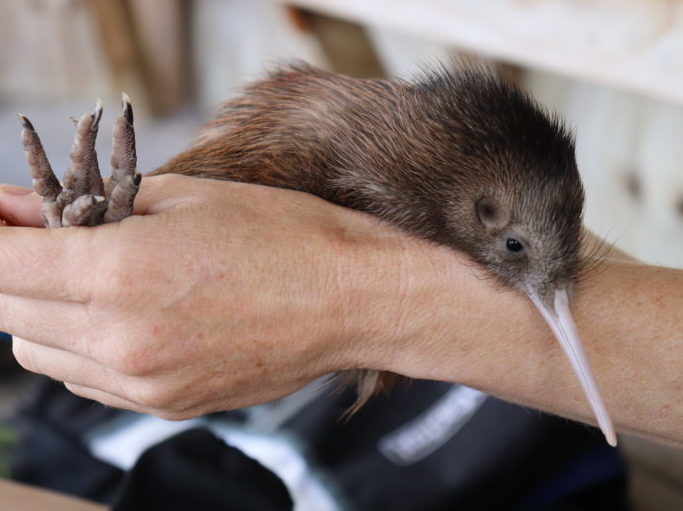
A 22-year study in Tongariro Forest has followed 142 radio-tagged North Island brown kiwi through 4 landscape-scale aerial 1080 operations, covering an area of 20,000 hectares. Not only did all 142 kiwi survive the 1080 drops, but the long-term study reveals a swag of other interesting information on kiwi chick survival and fantail nesting success … Continue reading Long-range study follows kiwi for 22 years

Peanut butter is the standard rat attractant – and apparently, they’re pretty keen on chocolate and Nutella too. But researchers at Victoria University of Wellington’s ‘Centre for Biodiversity and Restoration Ecology’ have come up with some chemical compounds that wild rats seem to rate even better than peanut butter. The quest for an irresistible rat … Continue reading New clues in the search for synthetic lures
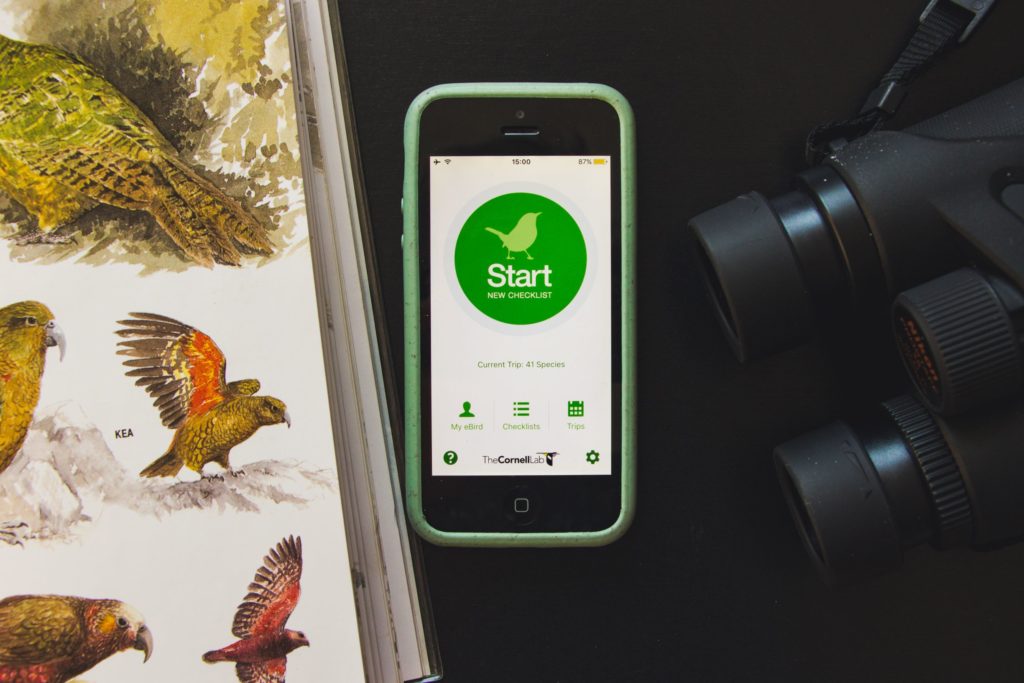
An ambitious 5-year project to map the birds of New Zealand across every part of New Zealand was launched at Queen’s Birthday weekend. It’s called the New Zealand Bird Atlas and organisers are hoping to involve as many New Zealanders as possible in spotting, counting and recording the birds they see – be it at … Continue reading New Zealand Bird Atlas project launched
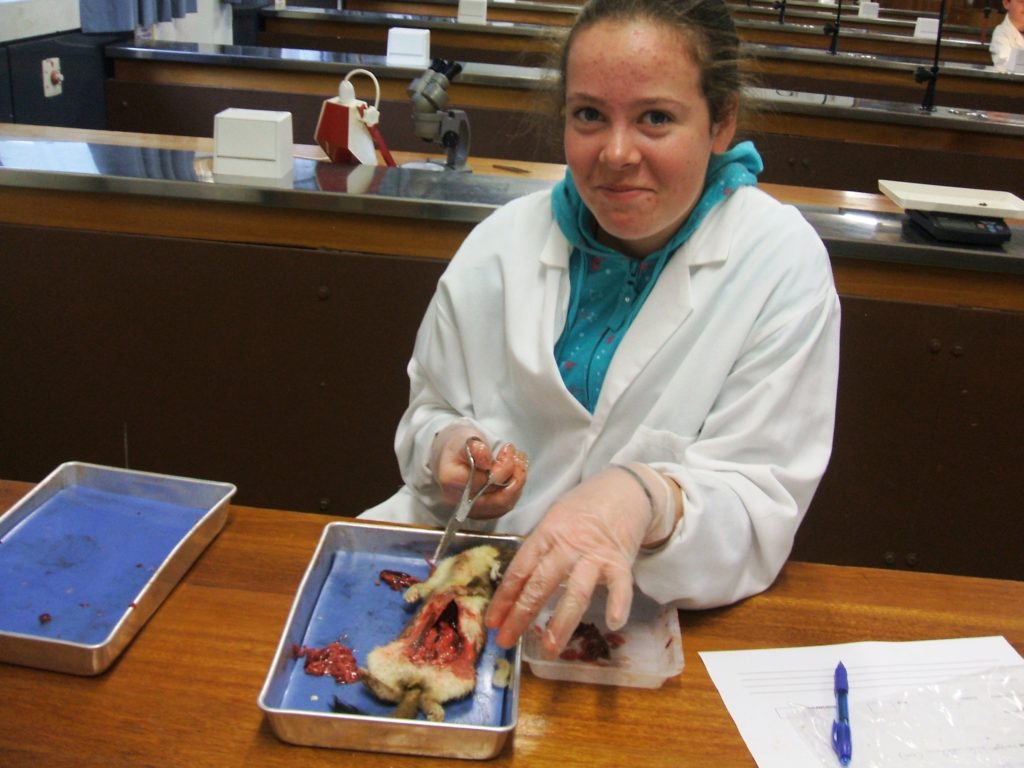
The Nina Valley Restoration Group is 10 years old this season and in those 10 years, the Years 7 to 13 students from Hurunui College who make up the group have learnt an impressive array of kiwi-handling skills. The students not only know how to hold kiwi correctly and safely (those legs are strong!) – … Continue reading Nina Valley Restoration students celebrate 10 years
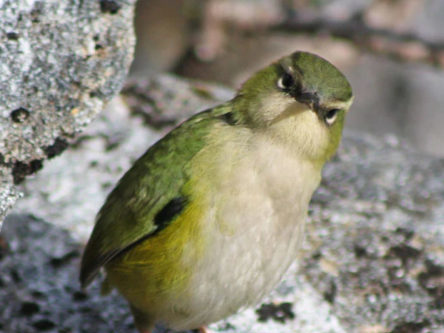
Recently there have been several research projects looking at predators in the alpine environments of the South Island. It’s a completely different ecosystem to the much-studied lowland forest systems and there’s still a lot to be learnt about the key predator threats to our alpine species and how best to address those threats. In his … Continue reading Latest research from Otago University and DOC investigates rock wren and 1080

The interaction between habitat restoration and predator control is a topic of great interest to us at Predator Free NZ Trust. In 2017 Manaaki Whenua Landcare Research created a series of info-graphics that looked at just that. Focusing on the Cape to City Project, they asked what do bird populations need to thrive? They identified … Continue reading What do bird populations need to thrive?
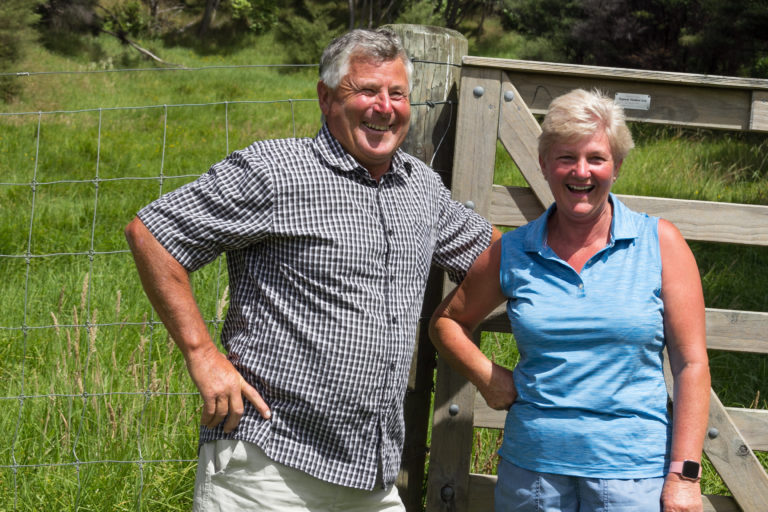
Ross and Eleanore Webber farm Angus beef on a 195-hectare property at South Head, overlooking the Kaipara Harbour and have been trapping on their farm since establishing two QE II covenant blocks 15 years ago. “We’ve got more proactive in the last 2-3 years,” says Ross, “Especially trapping possums. Possums were eliminated on the peninsula … Continue reading Ross and Eleanore Webber determined to beat possum come-back

To achieve a predator free New Zealand by 2050 – or by any date – the majority of New Zealand will need to back that goal. Young people in particular need to want it to happen and be engaged in making it happen. After all, it’s their future, 30 years from now, that we’re talking … Continue reading PF2050 – do young people support the goal?

Has your school got a neglected patch of playground that would benefit from a make-over? Want to make your own garden or backyard more wildlife friendly? Maybe you’re looking for a weekend activity that adults and children can enjoy together. Why not make a lizard garden. It’s fun, it’s easy and we can show you … Continue reading Create a lizard friendly garden
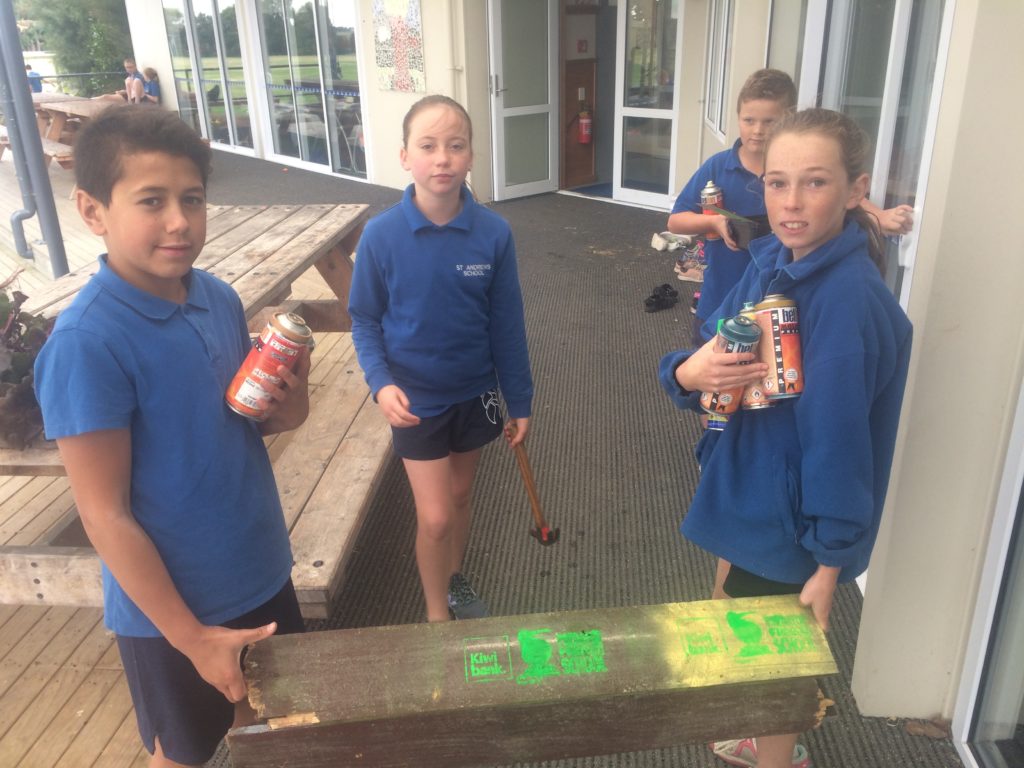
St Andrews Primary is a rural school in South Canterbury where children and teachers have strong ties to their natural environment. They’ve recently become a Kiwibank Predator Free School – but that’s just the latest in an impressive lineup of conservation projects ranging from monitoring endangered mudfish to helping orphaned and injured harrier hawks and … Continue reading St Andrews Primary plans to trap predators and feed rescue raptors
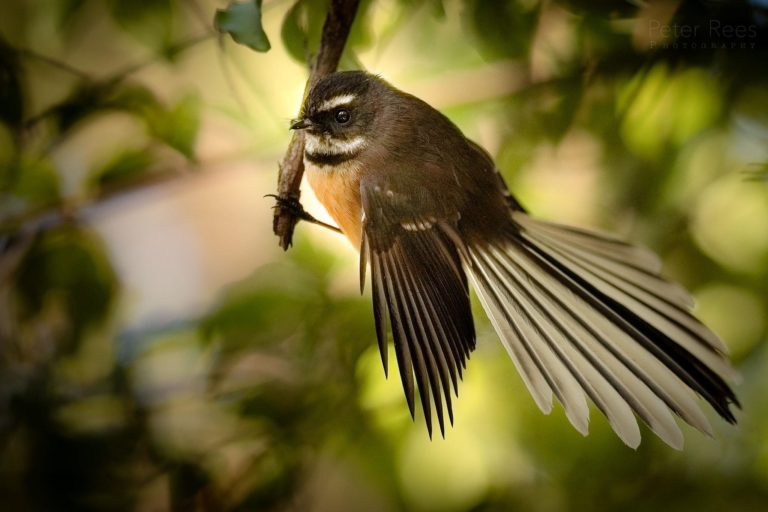
Rats are bad news for nesting birds – but quantifying exactly how rat density relates to nesting success of our smallest and rarest birds is difficult for a number of reasons. They’re rare – so there’s not a lot of them to study; they are likely to live in remote locations making observation difficult and … Continue reading Nesting fantails balance predators and weather risks
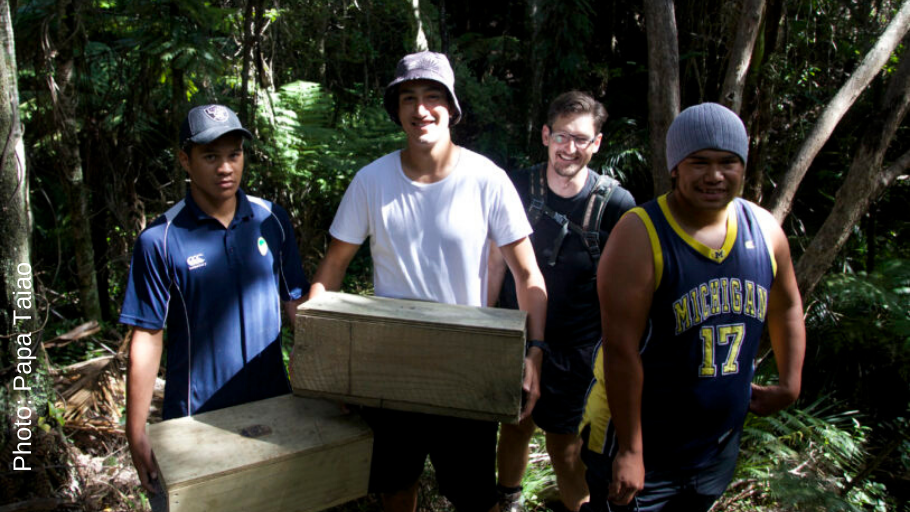
Every three weeks, 2-3 senior students from most central Wellington high schools come together for an after-school workshop to help them hone the leadership skills they need to develop their own sustainable, environment-focussed enterprise or project. The workshops continue for the full school year, earning NCEA credits and are the latest initiative from sustainability and … Continue reading Papa Taiao courses develop leadership and sustainable enterprise skills
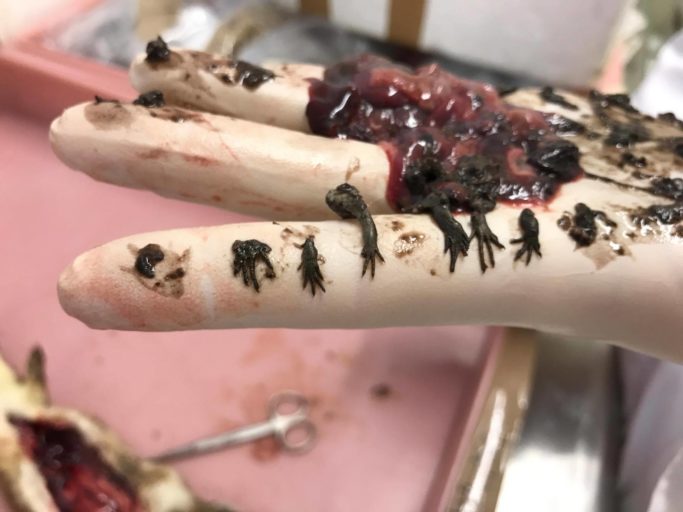
Back in 2017, PFNZ Trust talked to Otago Zoology student Jamie McAulay about his Masters research on the diet of stoats. Well the Masters is done and dusted and Jamie’s thesis is now available online through the University’s ‘OUR Archive’ site. So what has Jamie found out? The research project looked specifically at the diet … Continue reading Jamie’s thesis reveals diet preferences of alpine stoats
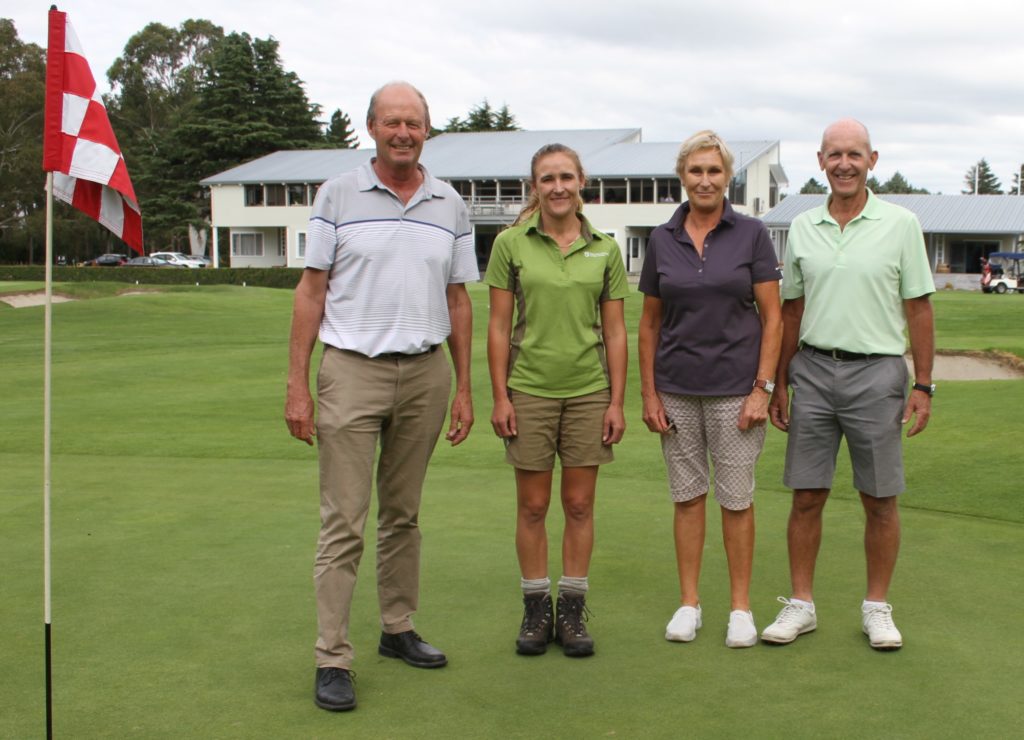
There’s a stoat stalking the greens at Hastings Golf Club and members are determined to catch it. In fact, the stealthy stoat has inspired the start of a comprehensive trapping programme for other introduced predators, including any rats, possums or hedgehogs hanging out on the wilder fringes off the fairway. Trapping project coordinator, Murray McNae, … Continue reading Stealthy stoat eludes Hastings Golf Club trappers
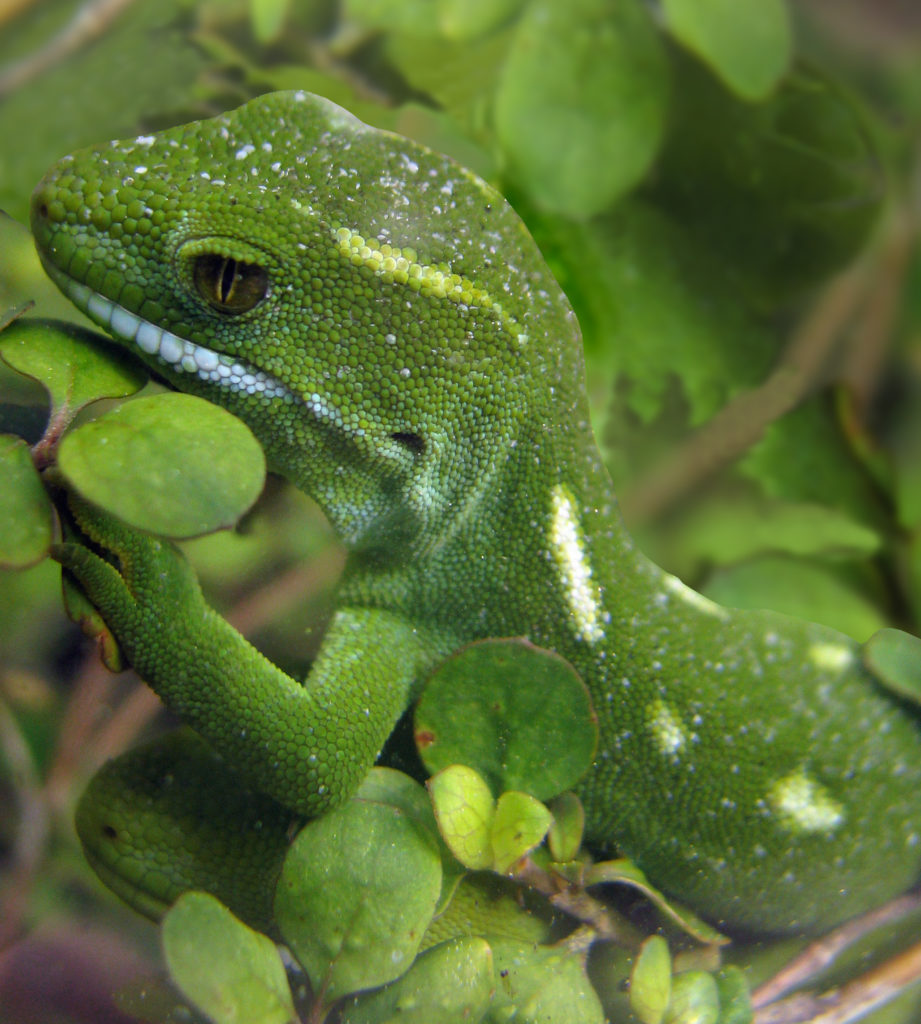
Our native skinks and geckos have evolved with predators that rely on eyesight to spot them – predatory birds, other lizards and tuatara. For a lizard, having camouflage skin and standing very, very still is a great defence if something bigger is trying to see you – not so great, however, if your predator is … Continue reading Flee or freeze – lizard responses to new mammal predators investigated
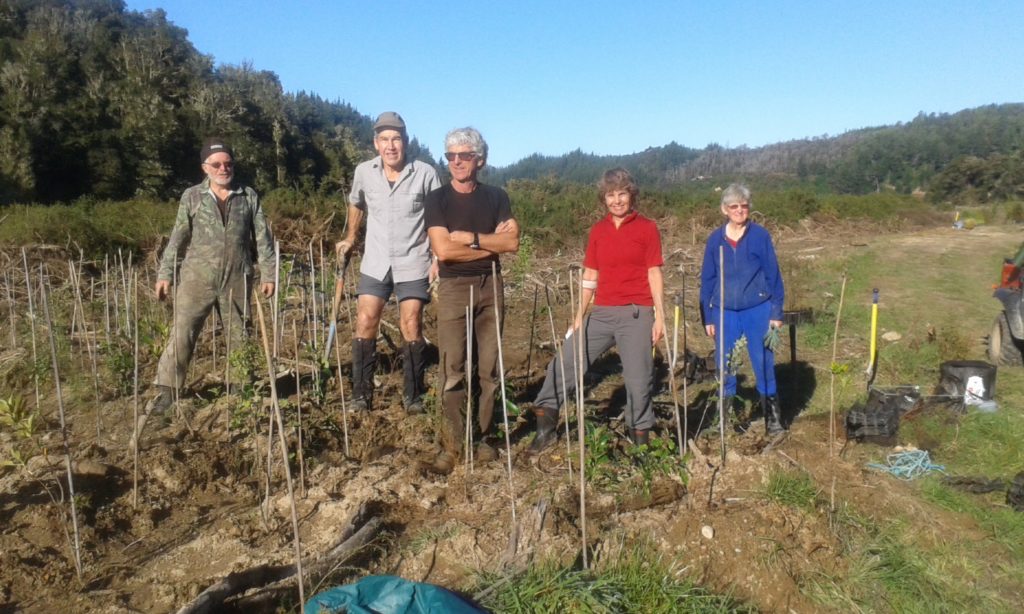
“Community conservation work should be designated a sport,” Helen Lindsay believes, “Then it might get more funding.” Helen is Chair of the Otuwhero Wetland Trust and cites the (sporting) benefits of being part of a conservation volunteer team. “It has good social benefits,” she says. “You’re working with people who have the same interests, it’s … Continue reading Otuwhero Wetland Trust cites ‘sporting benefits’ of volunteer work

